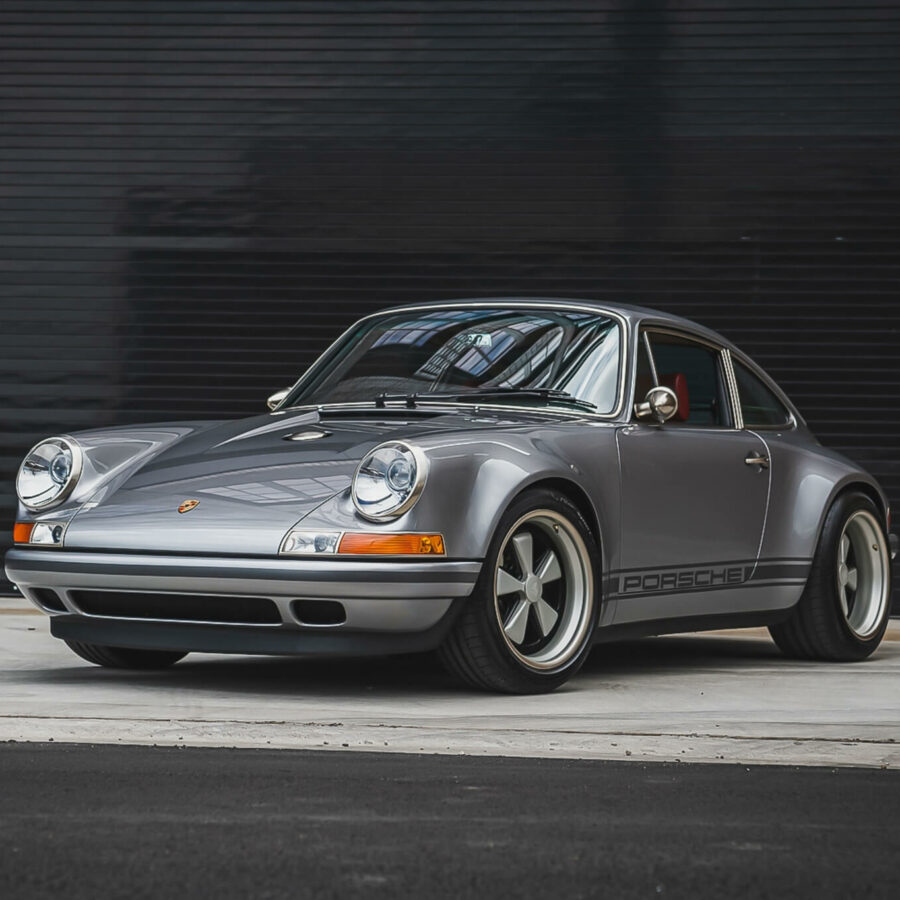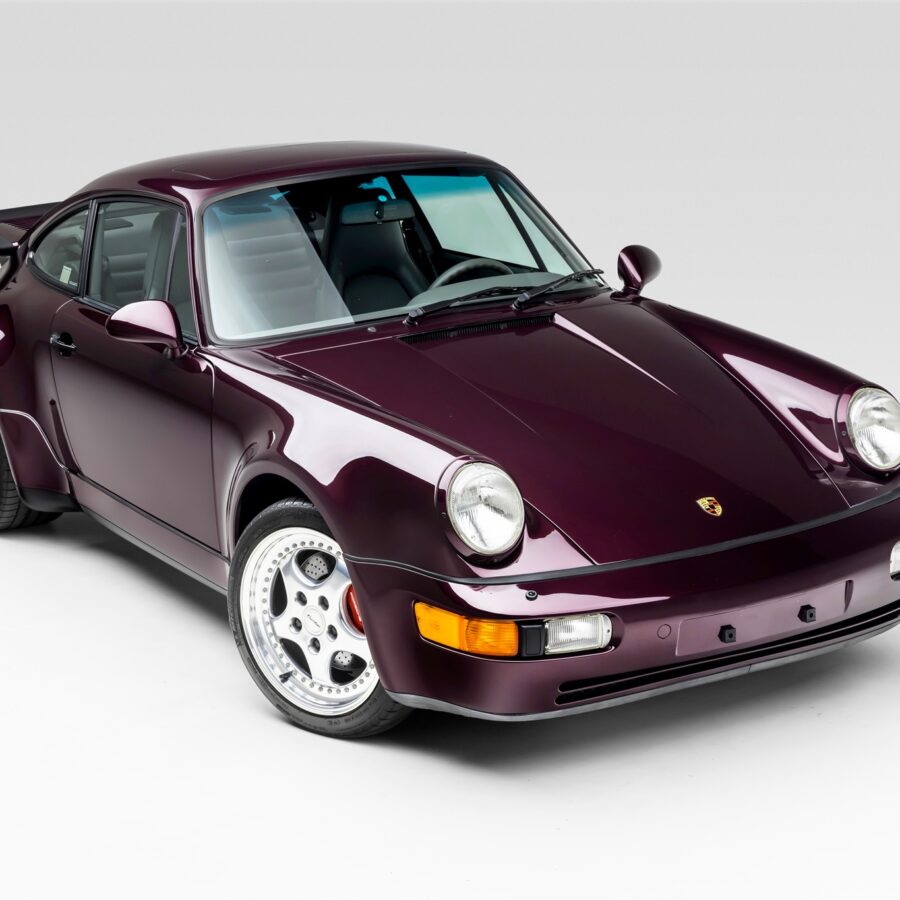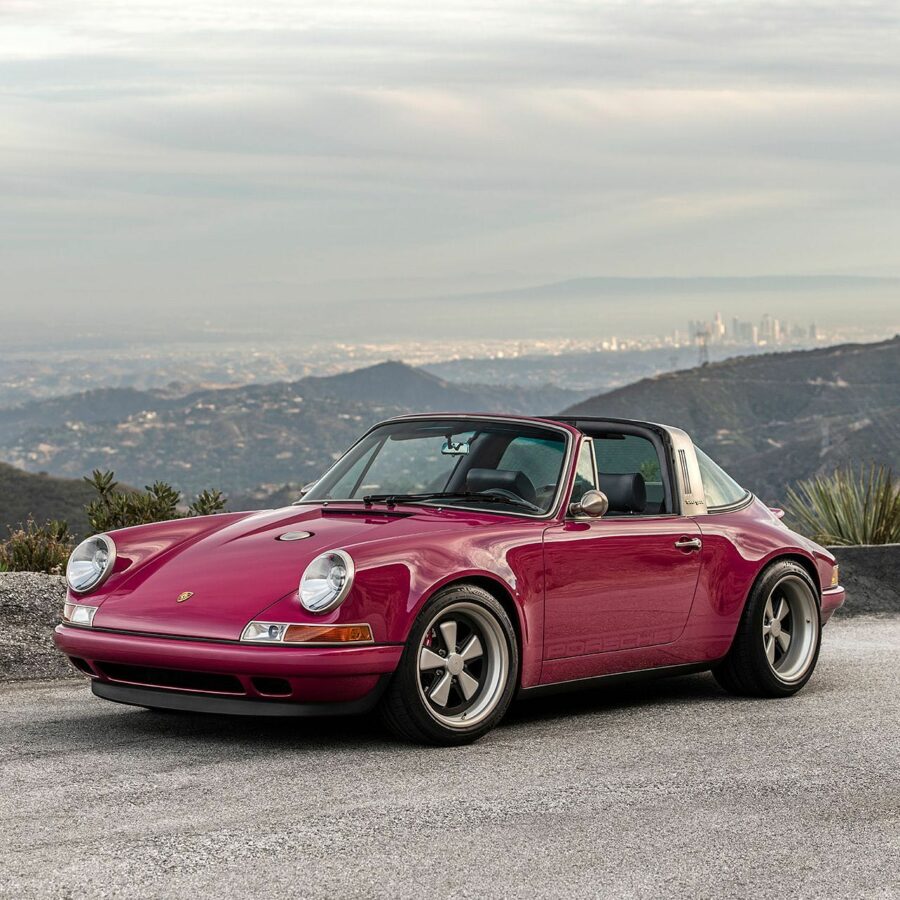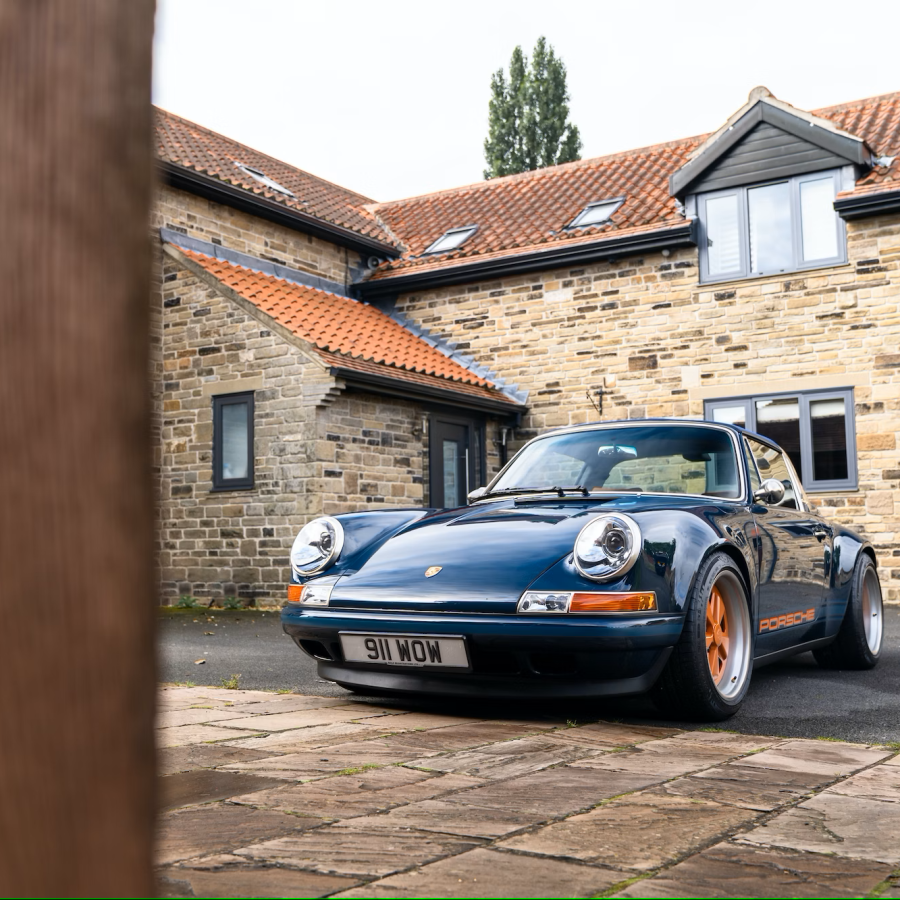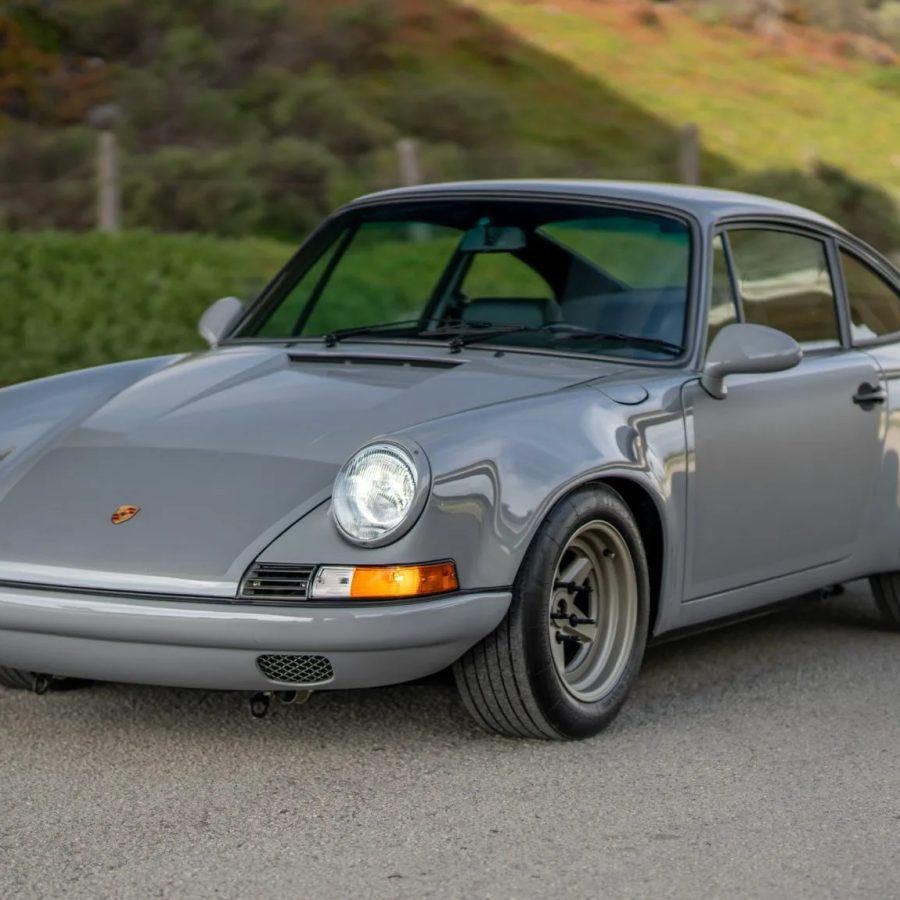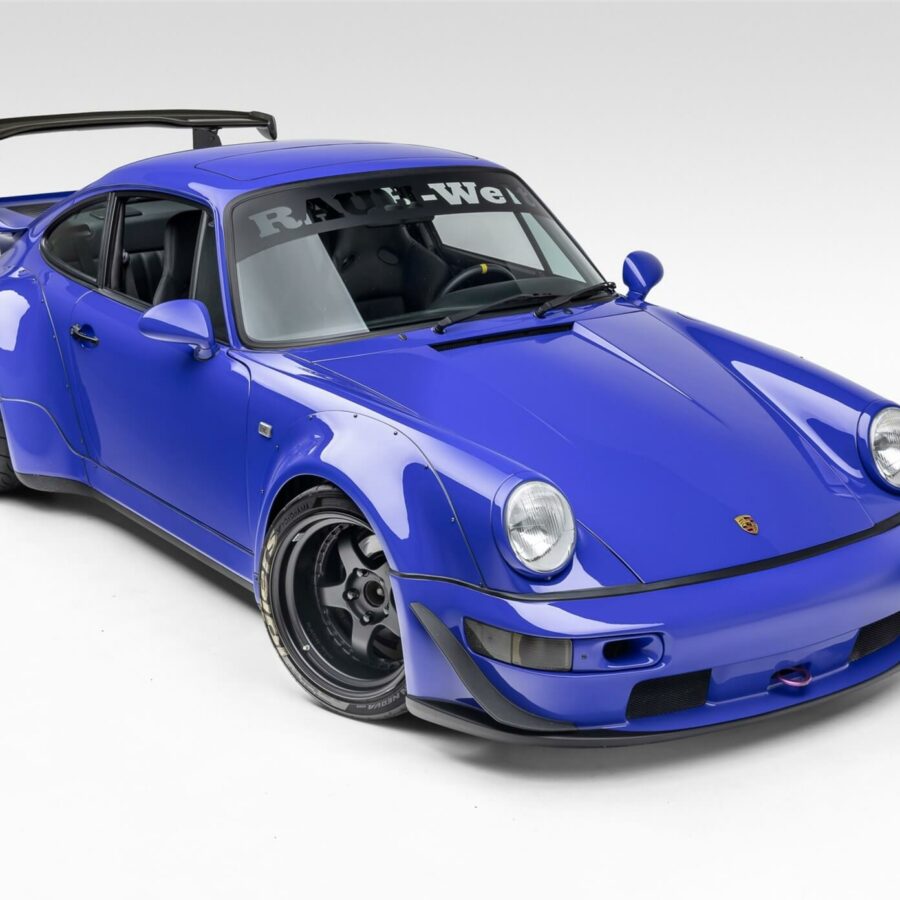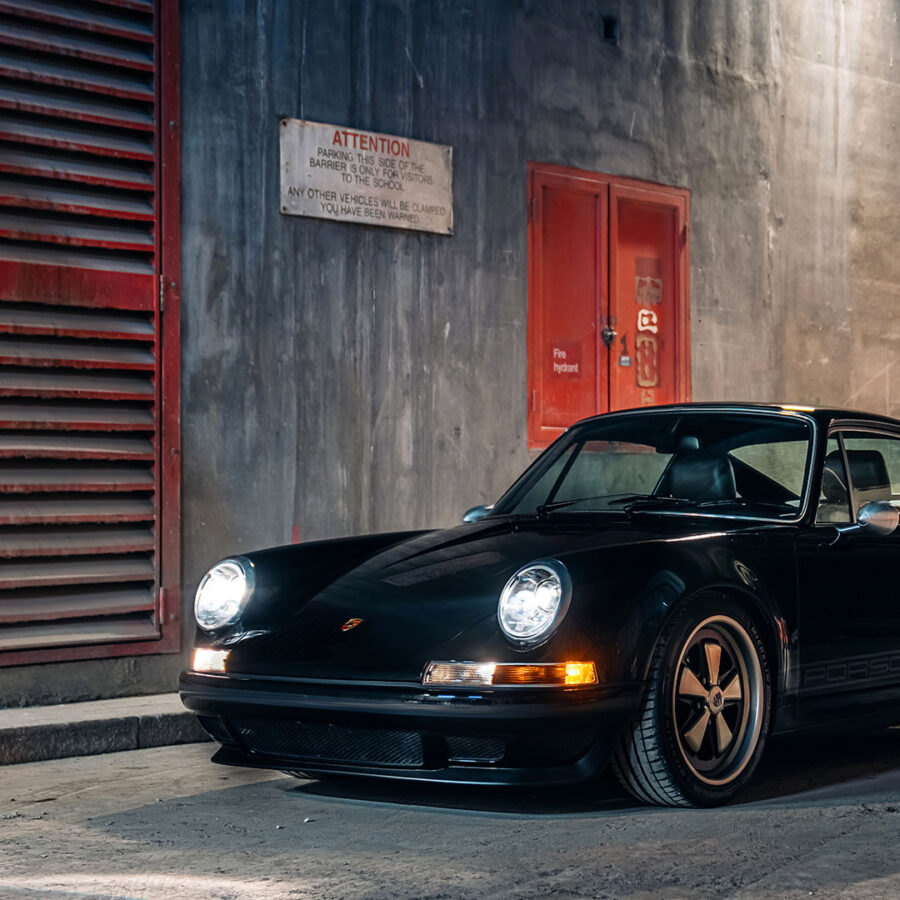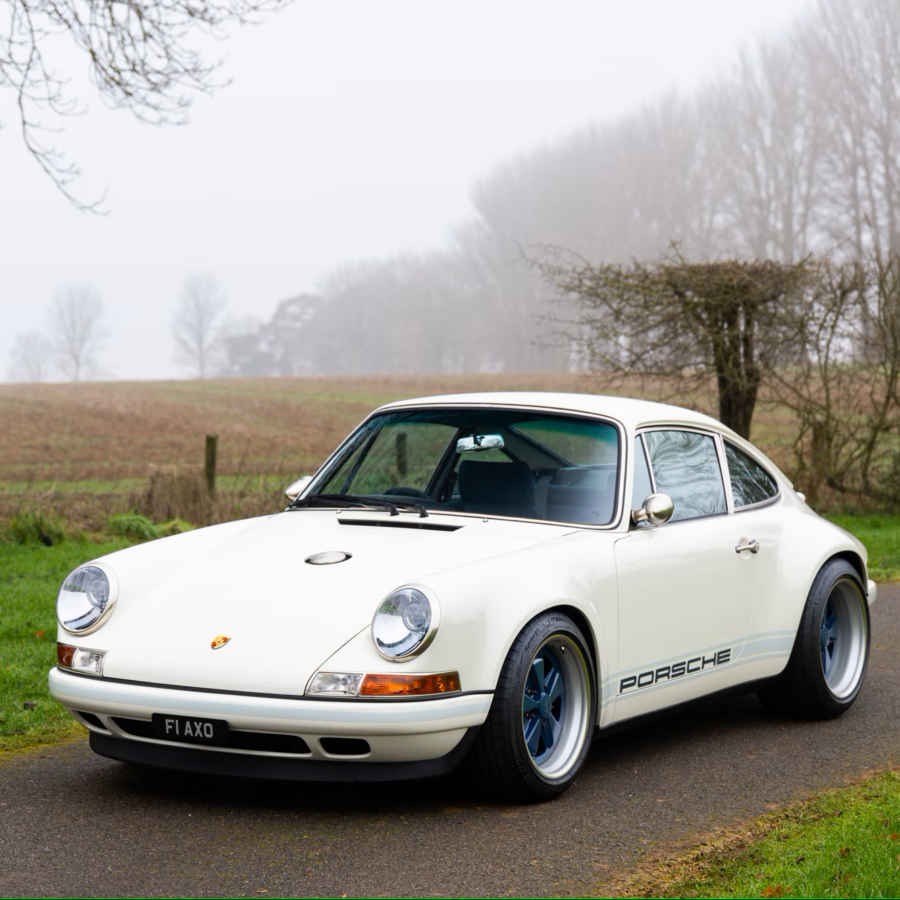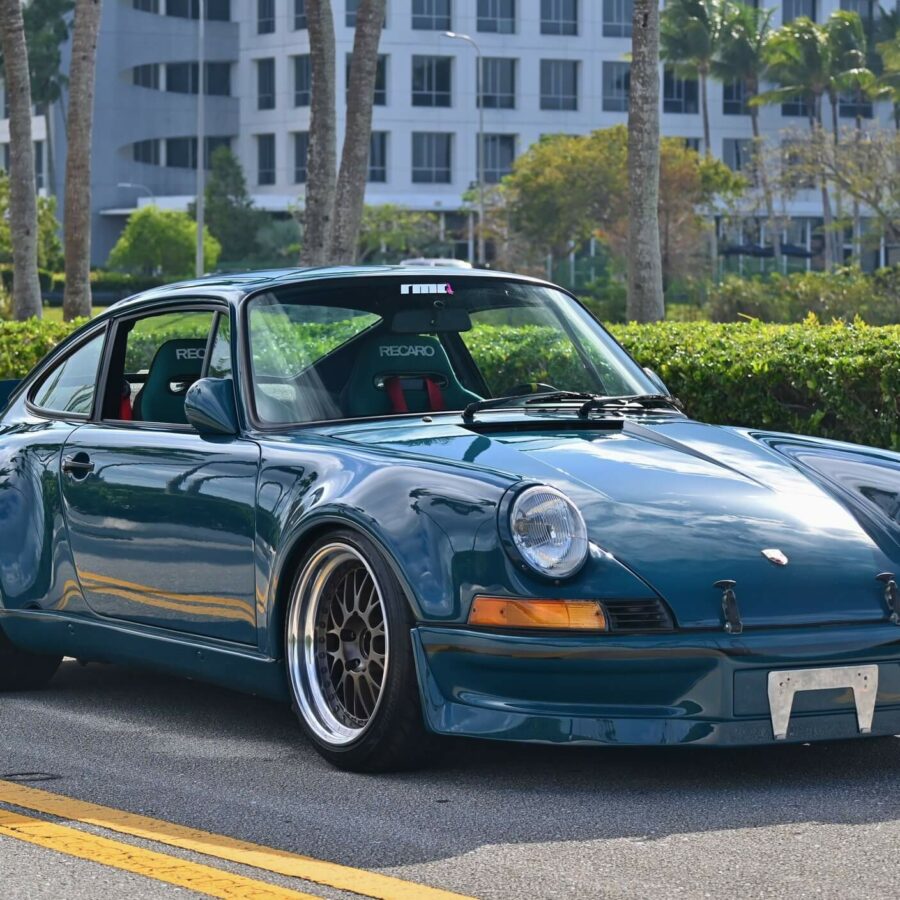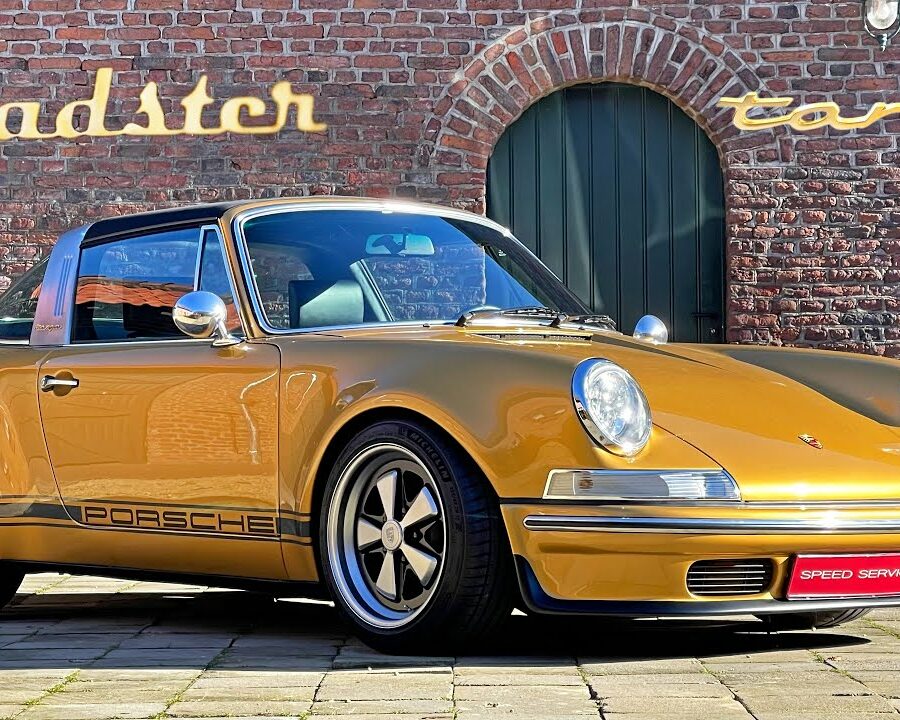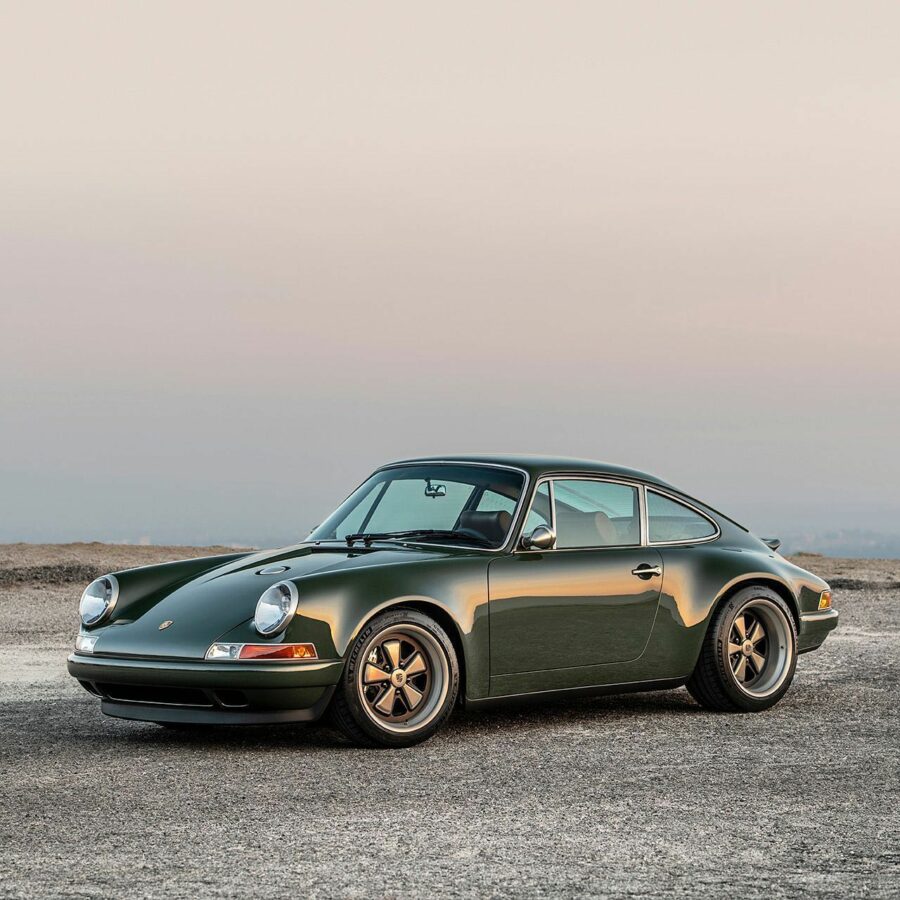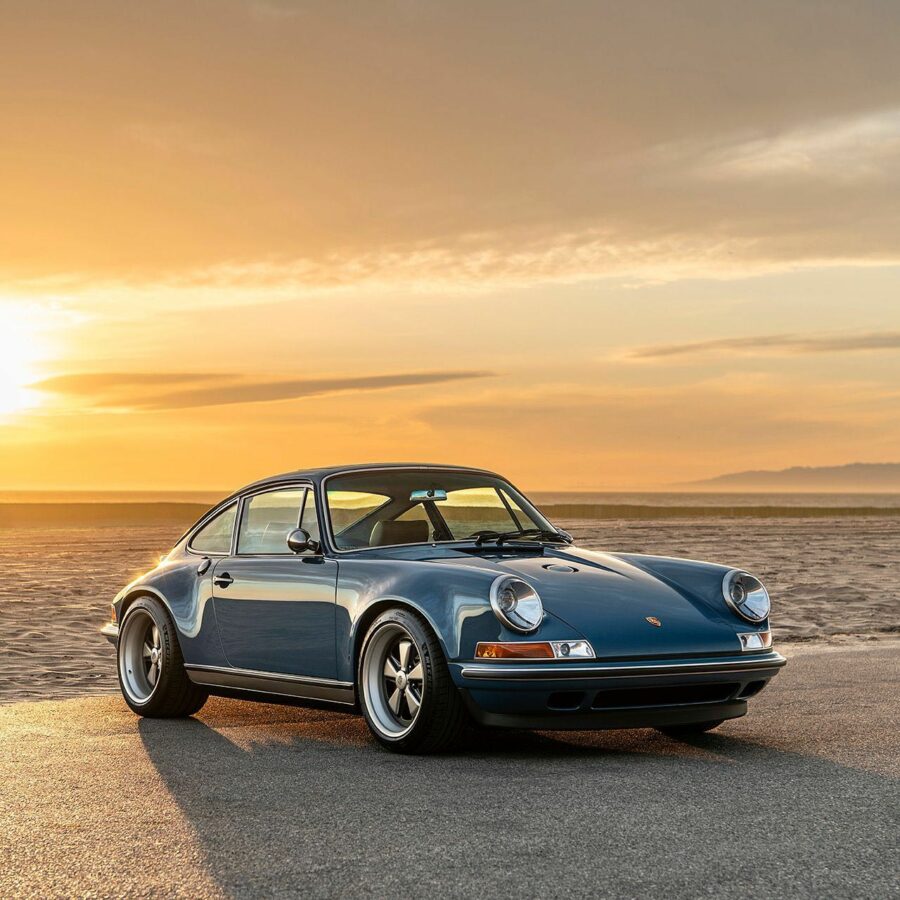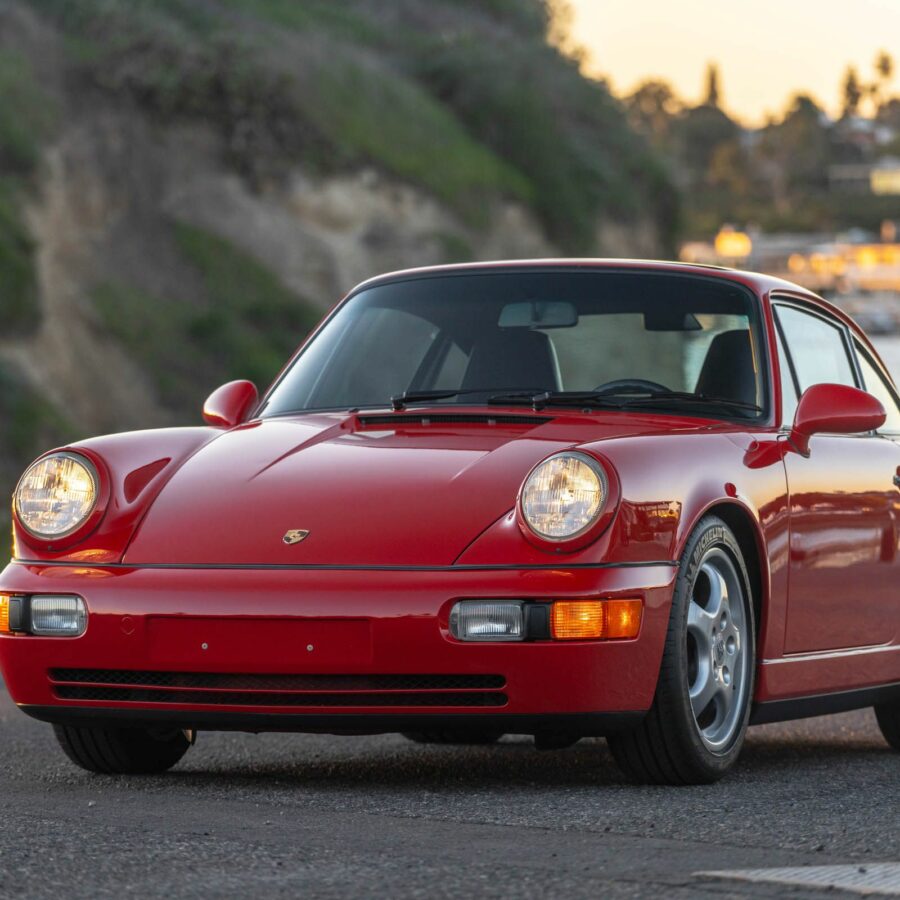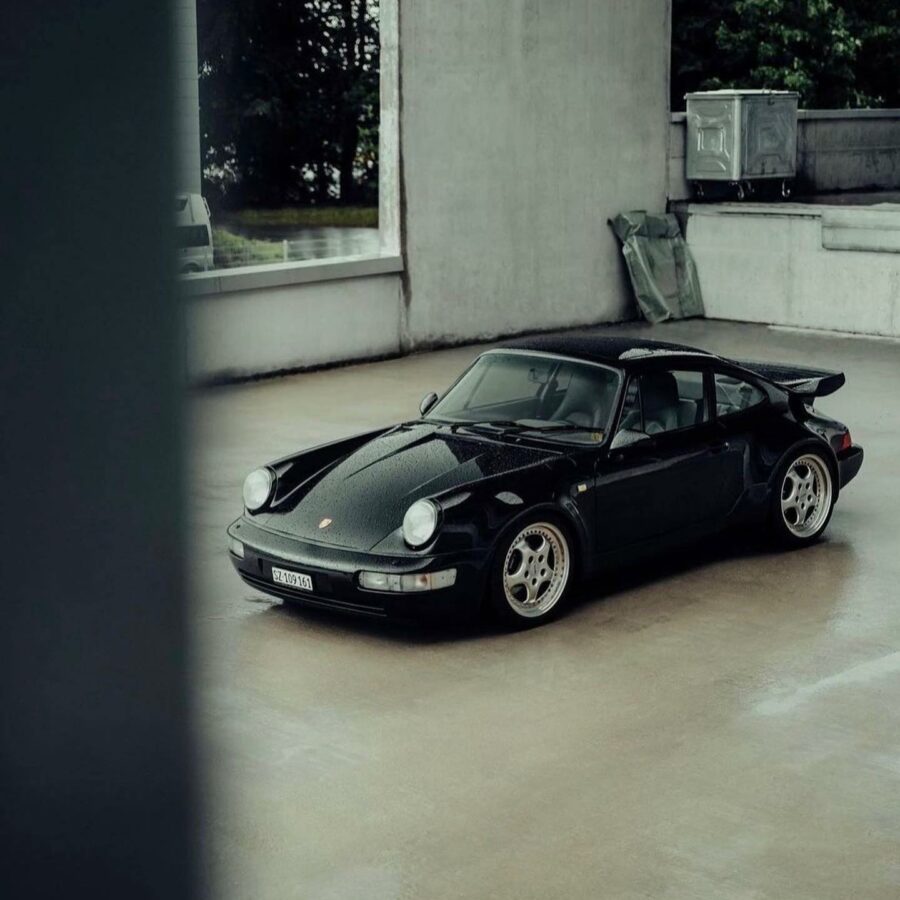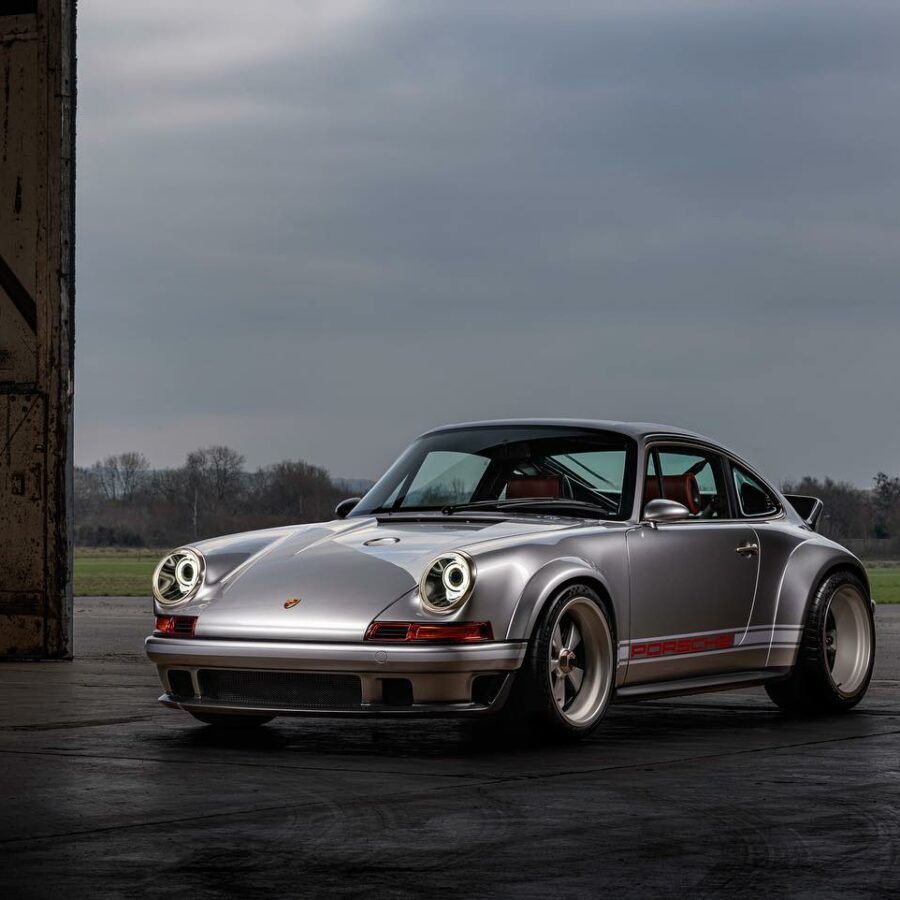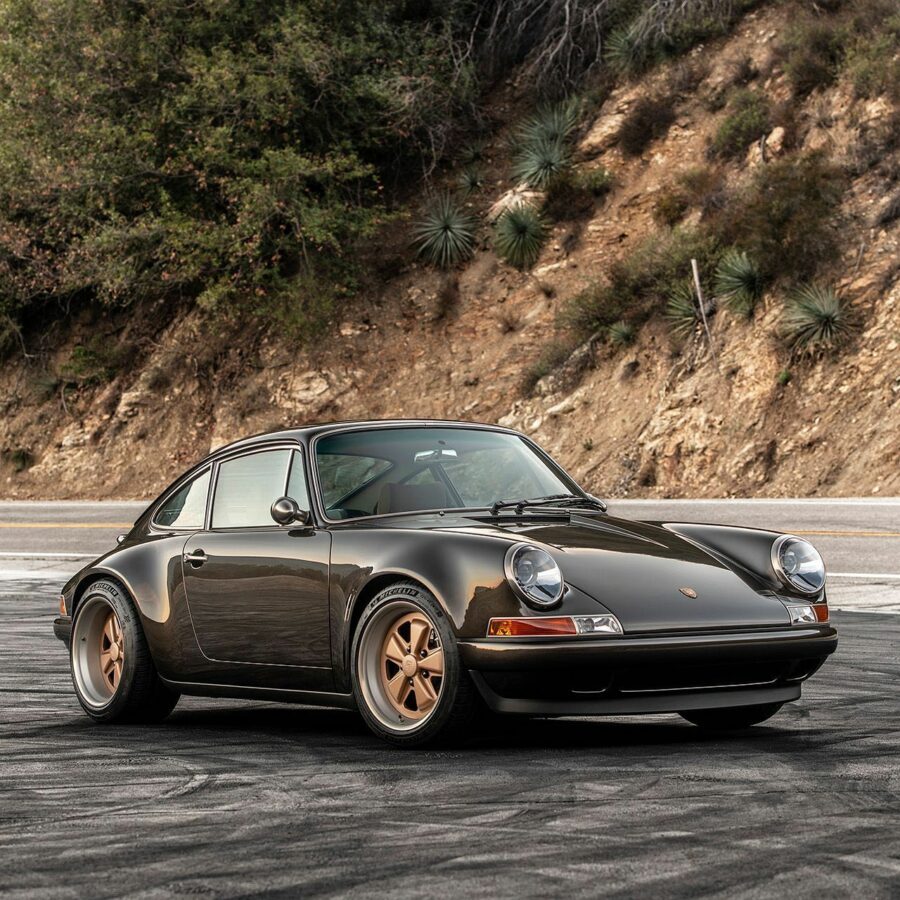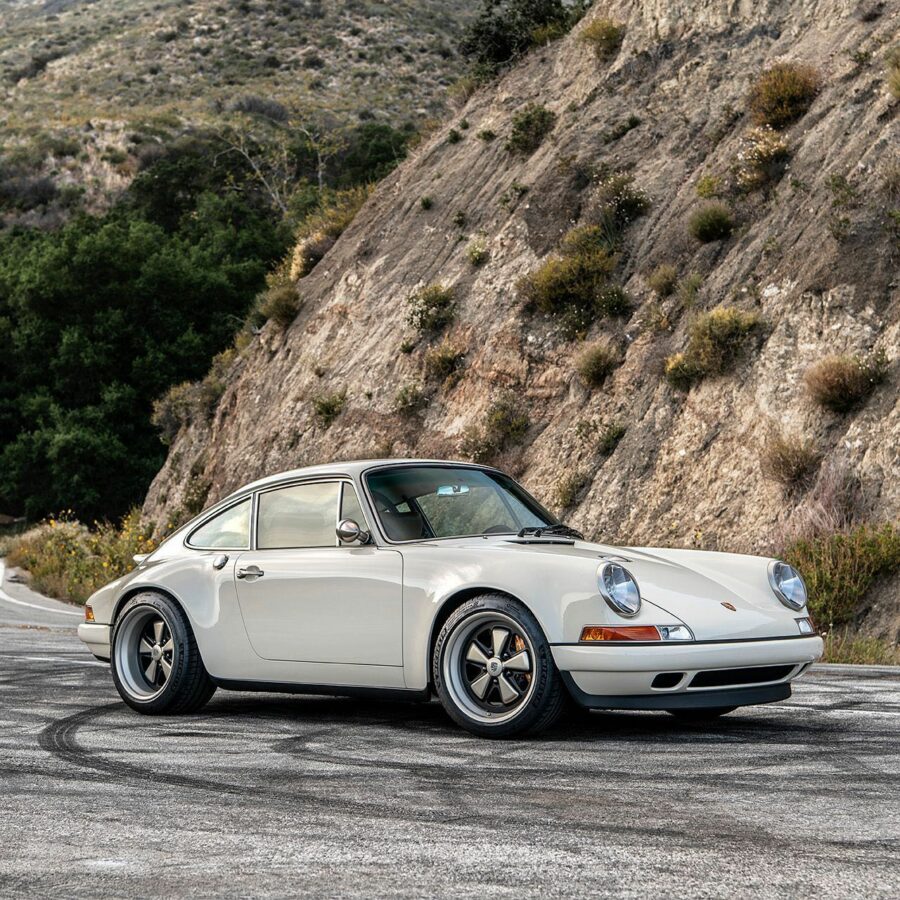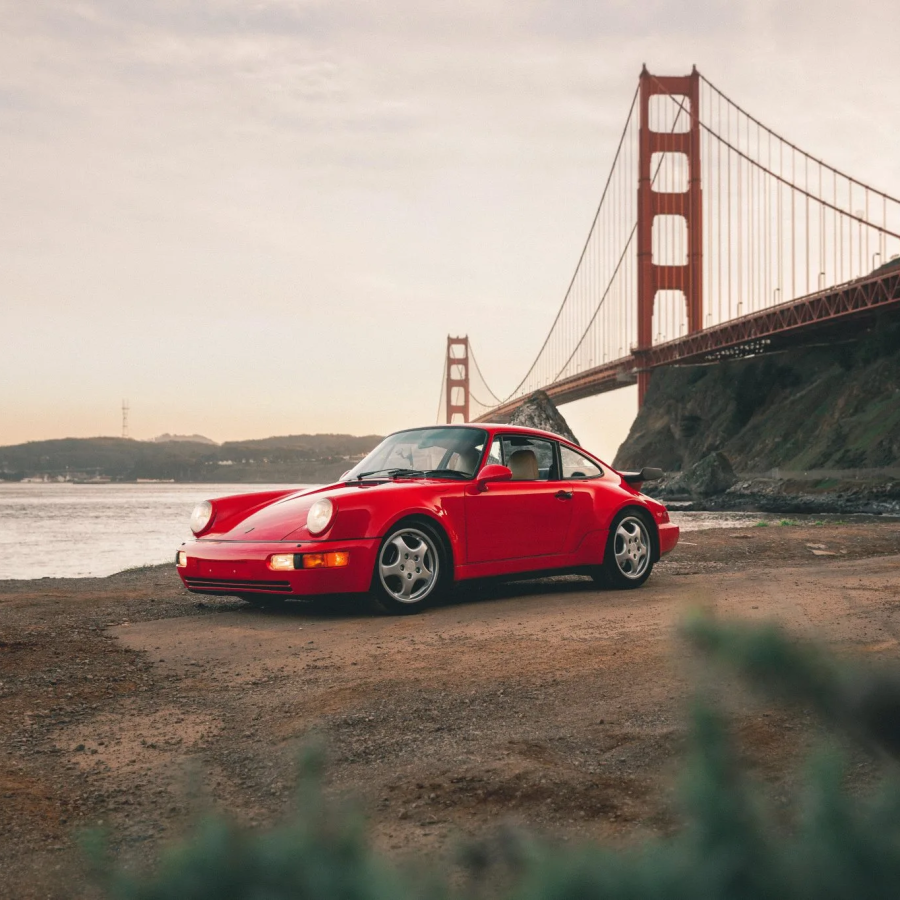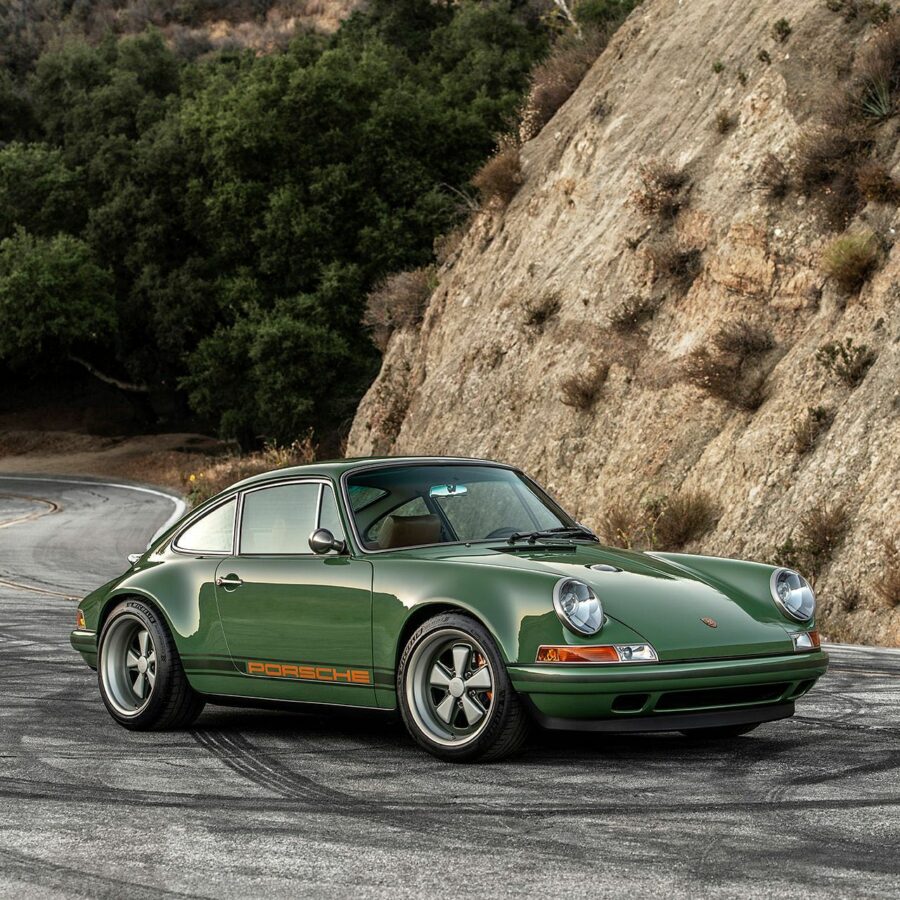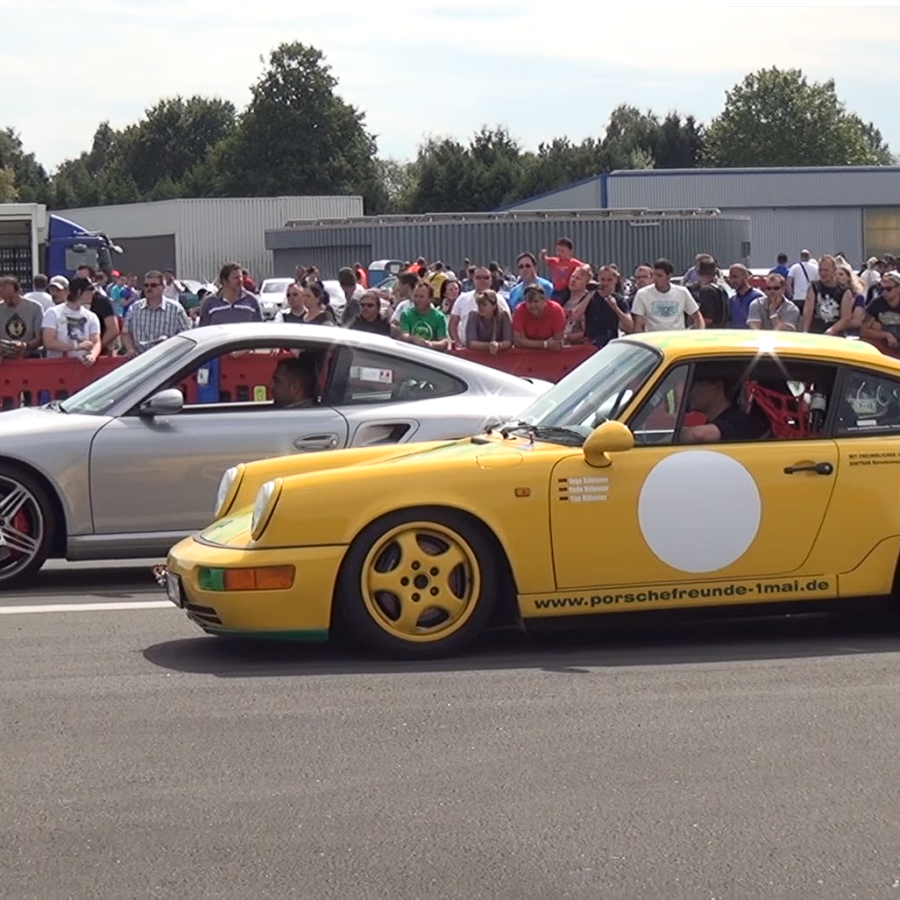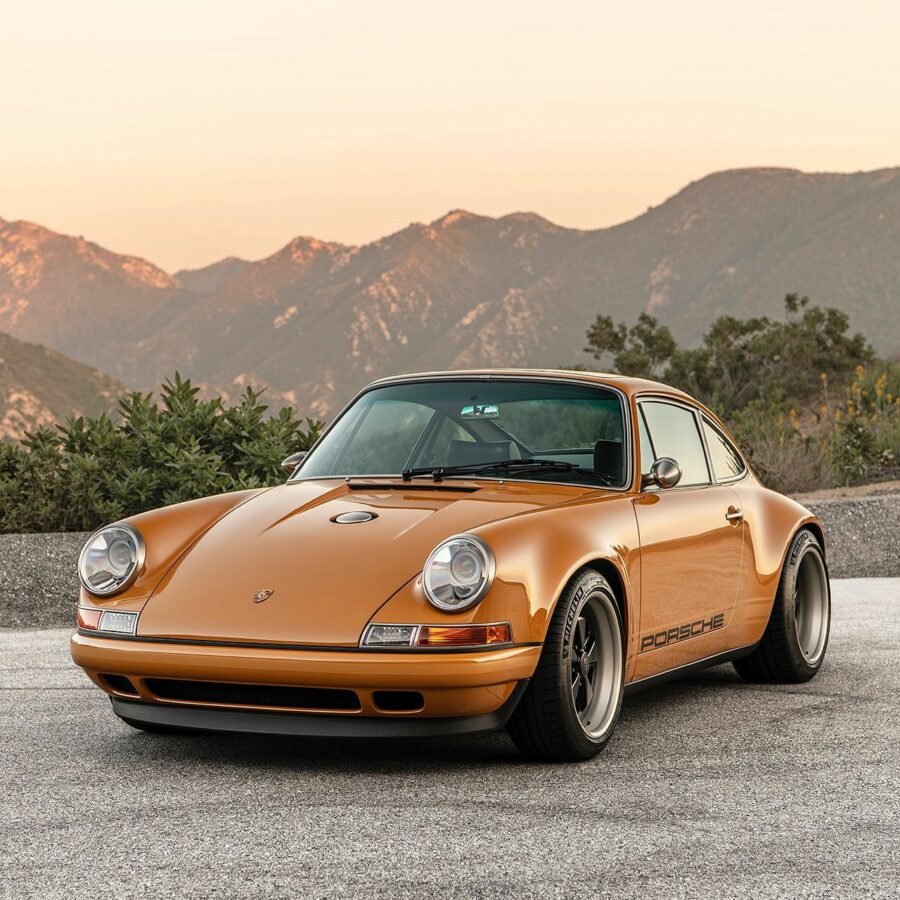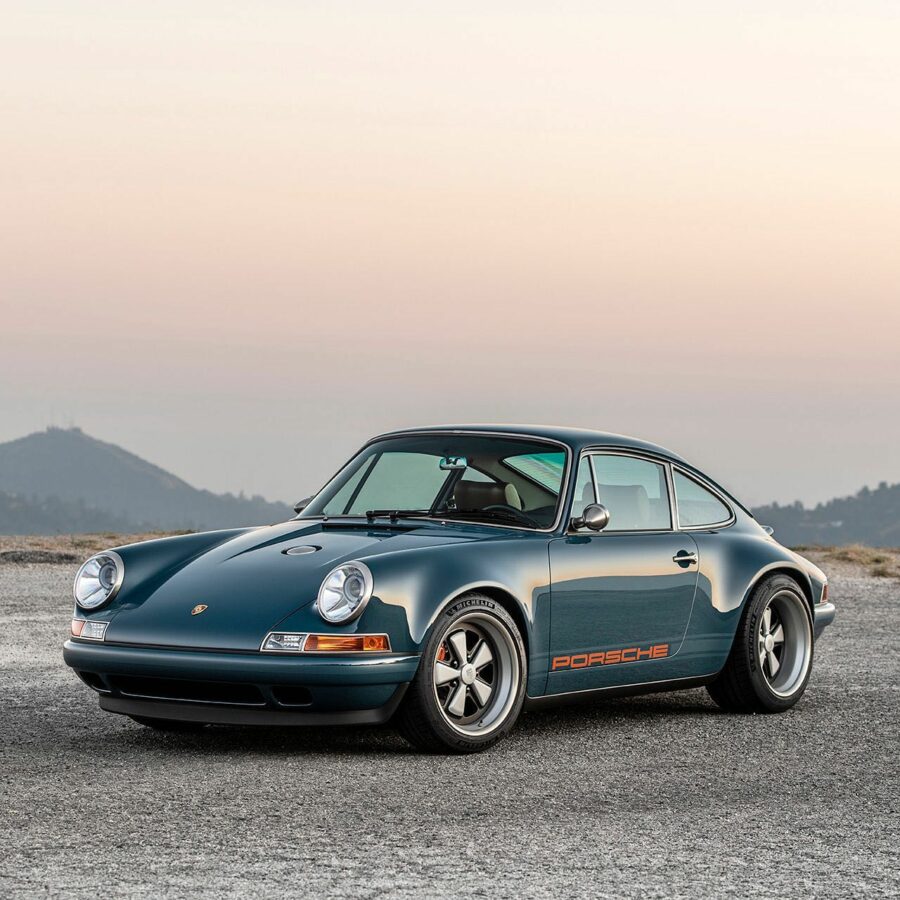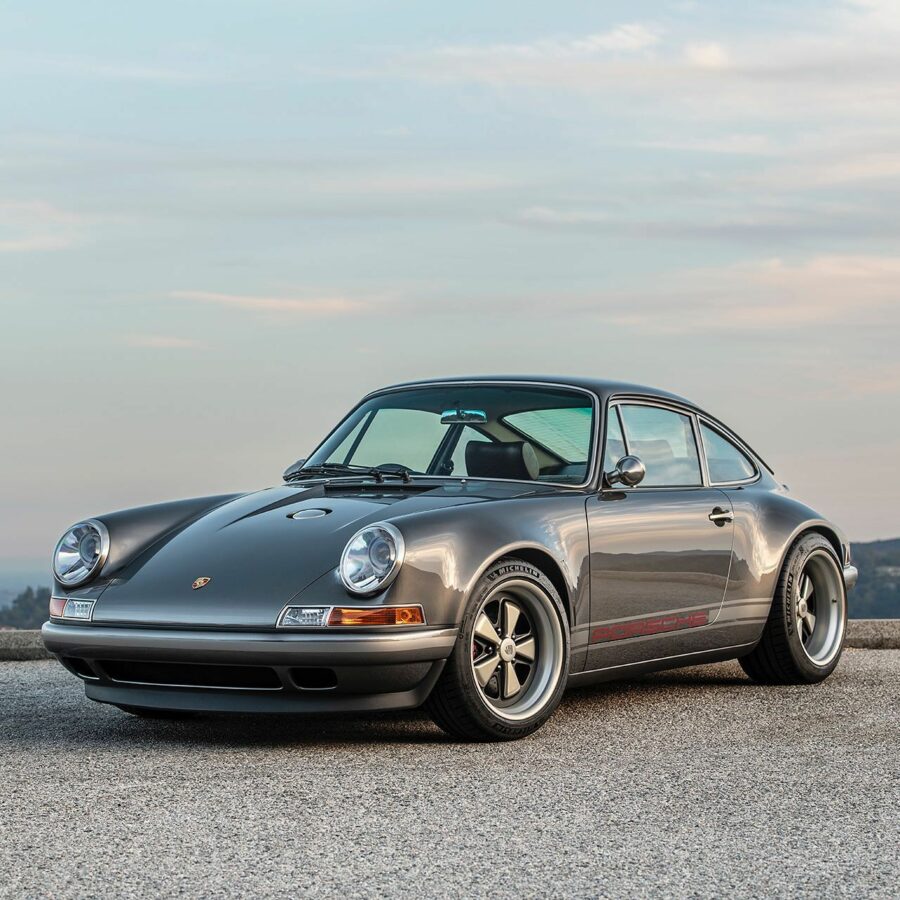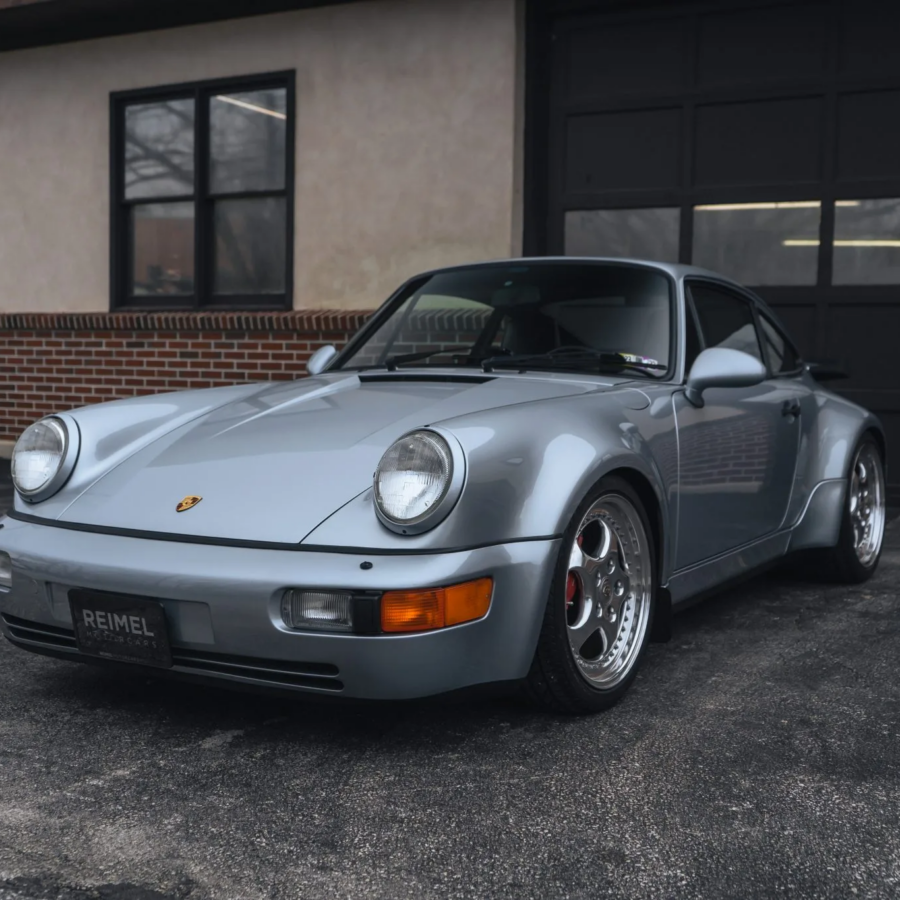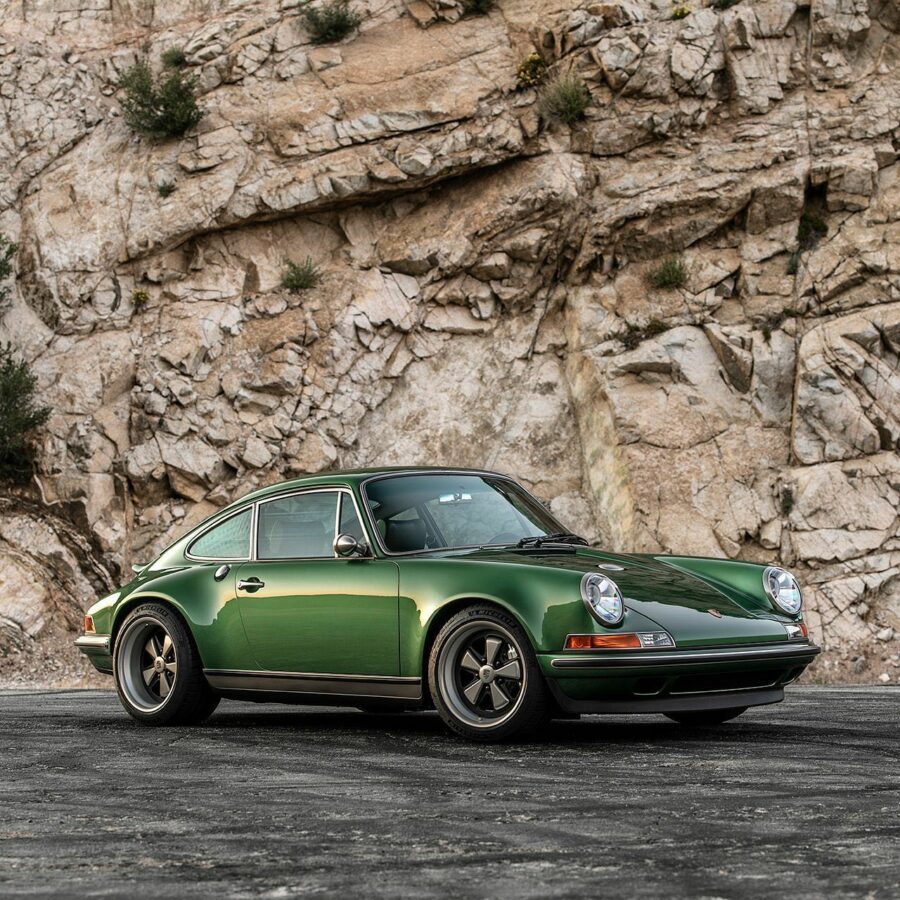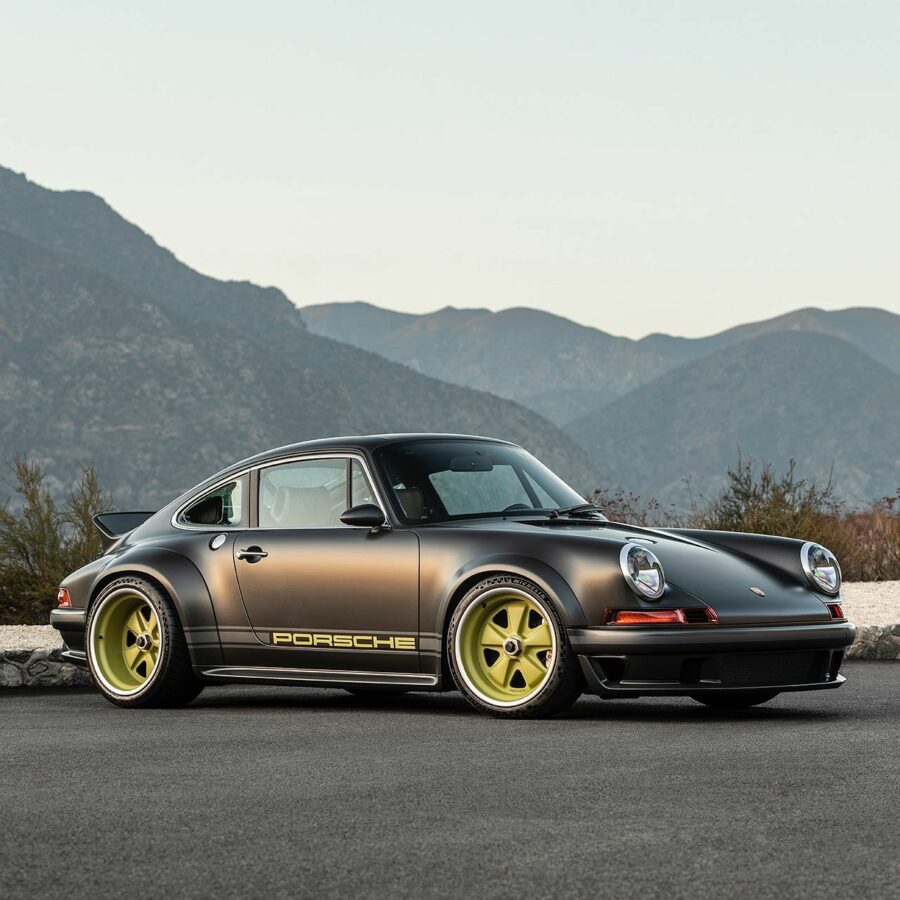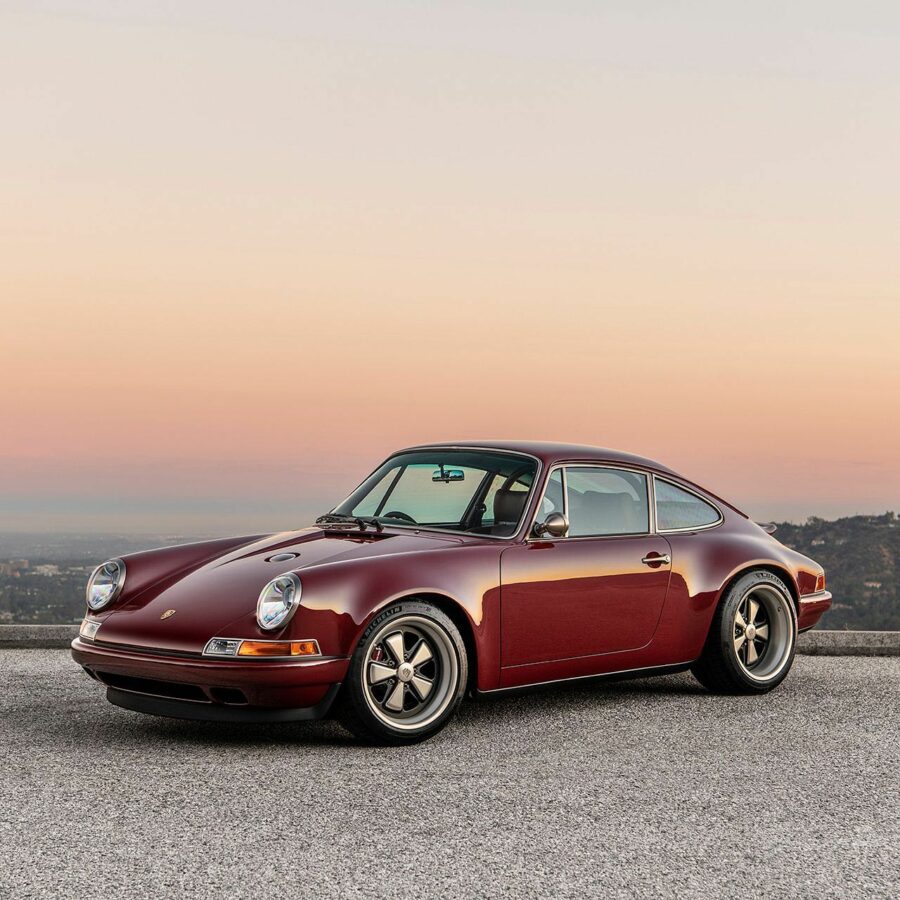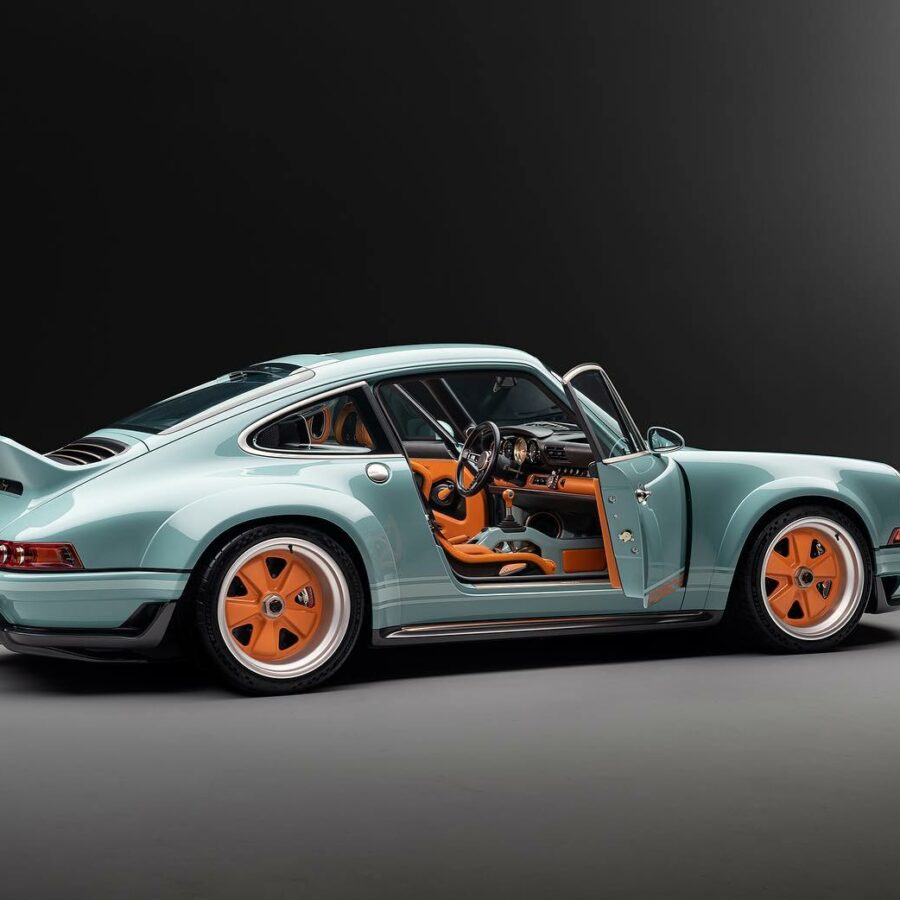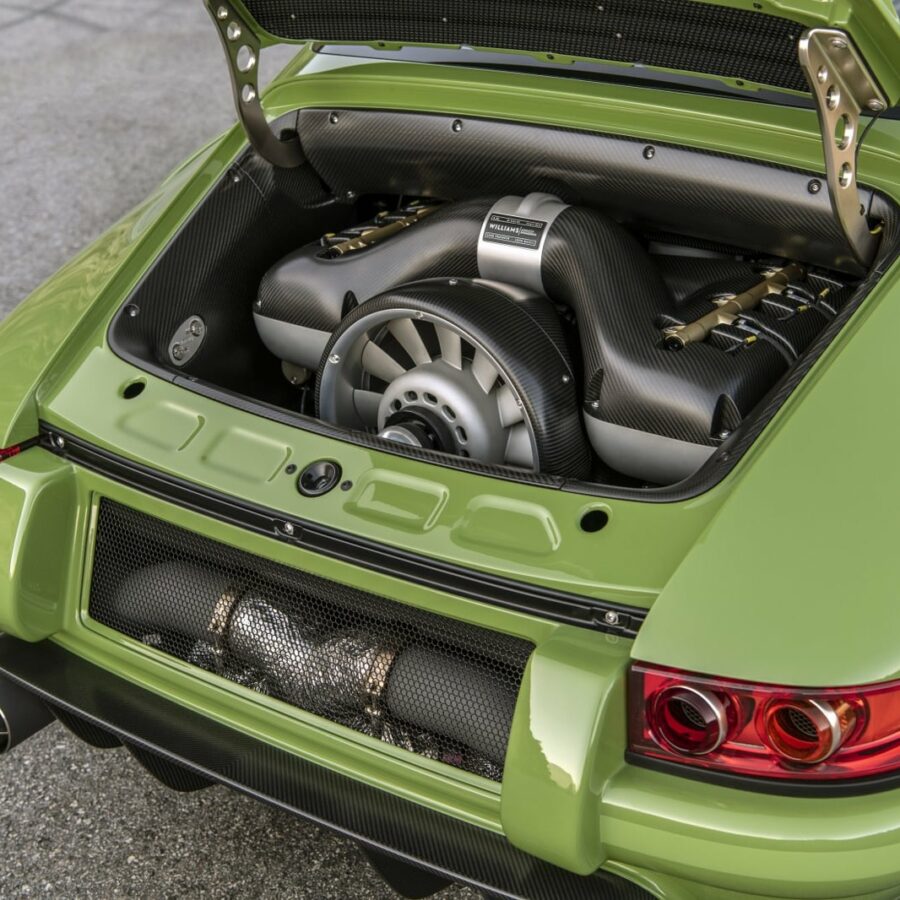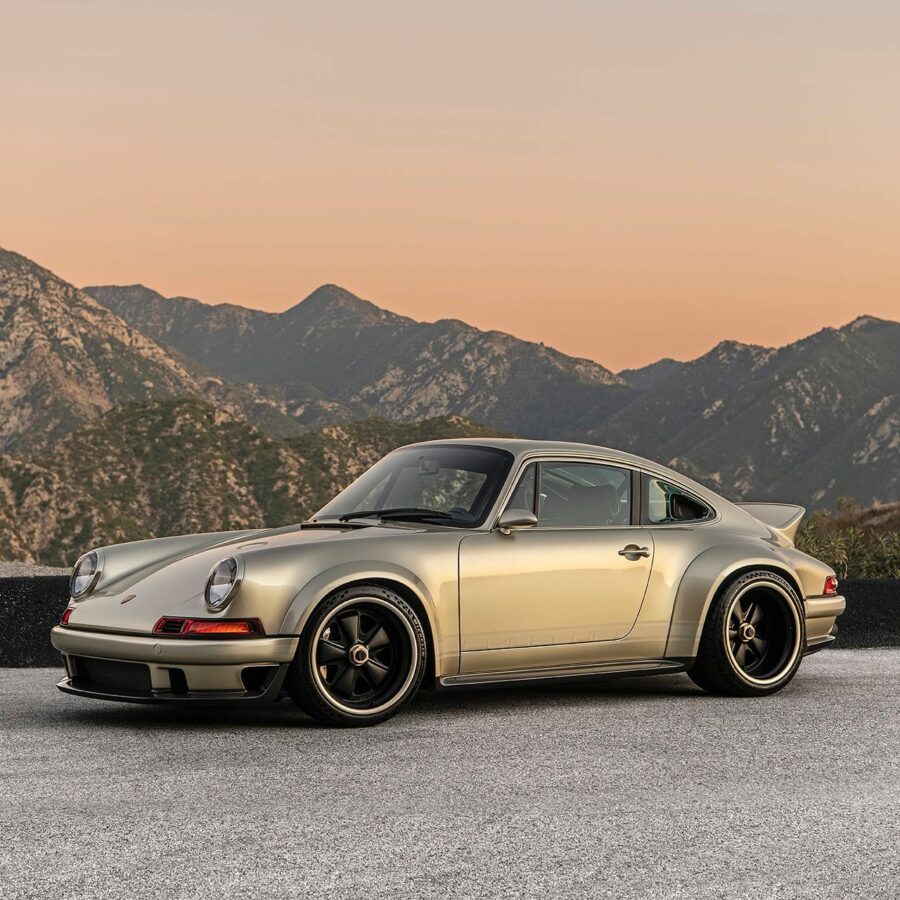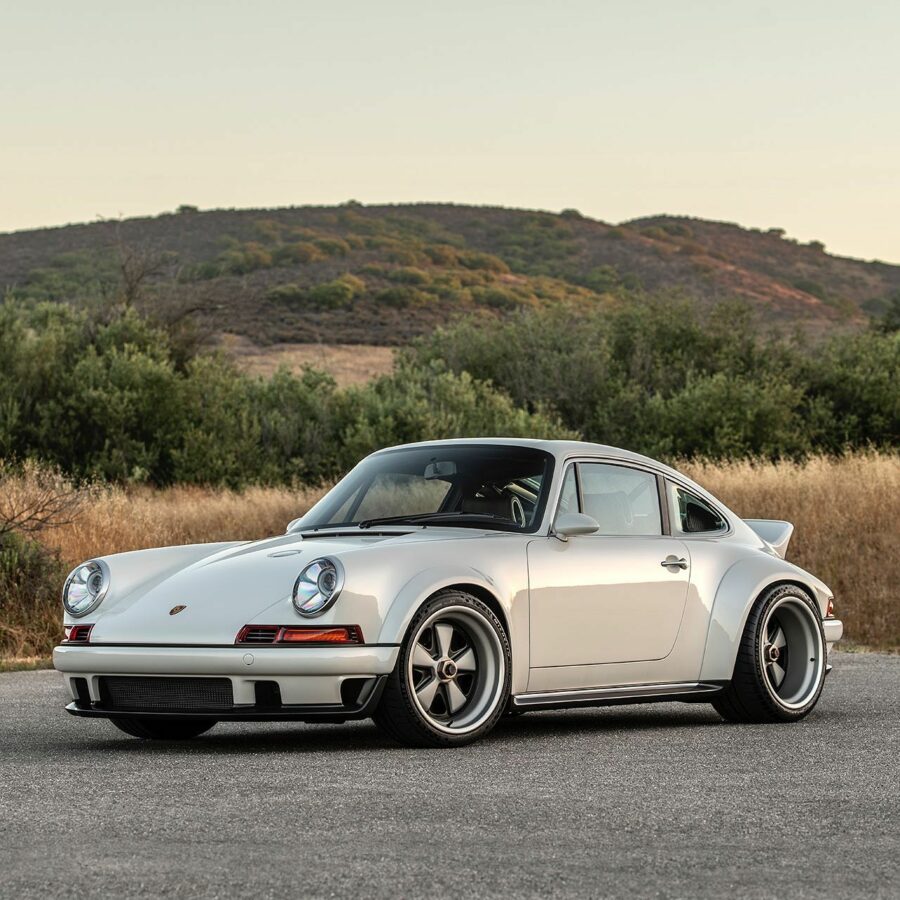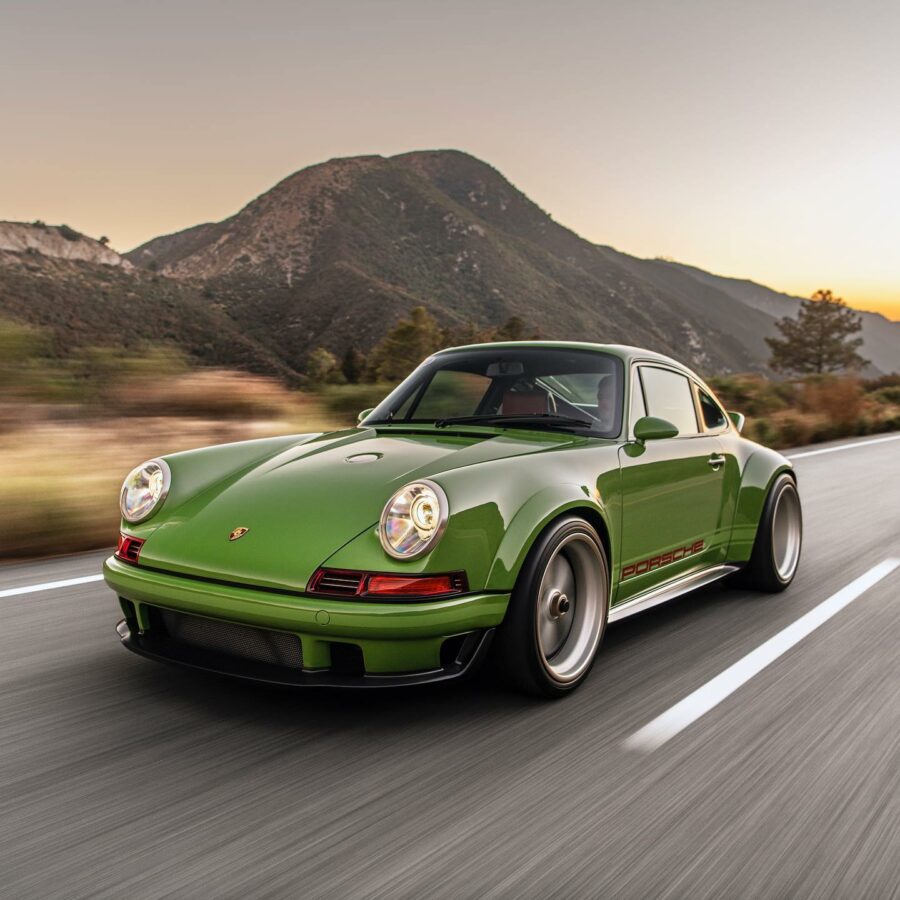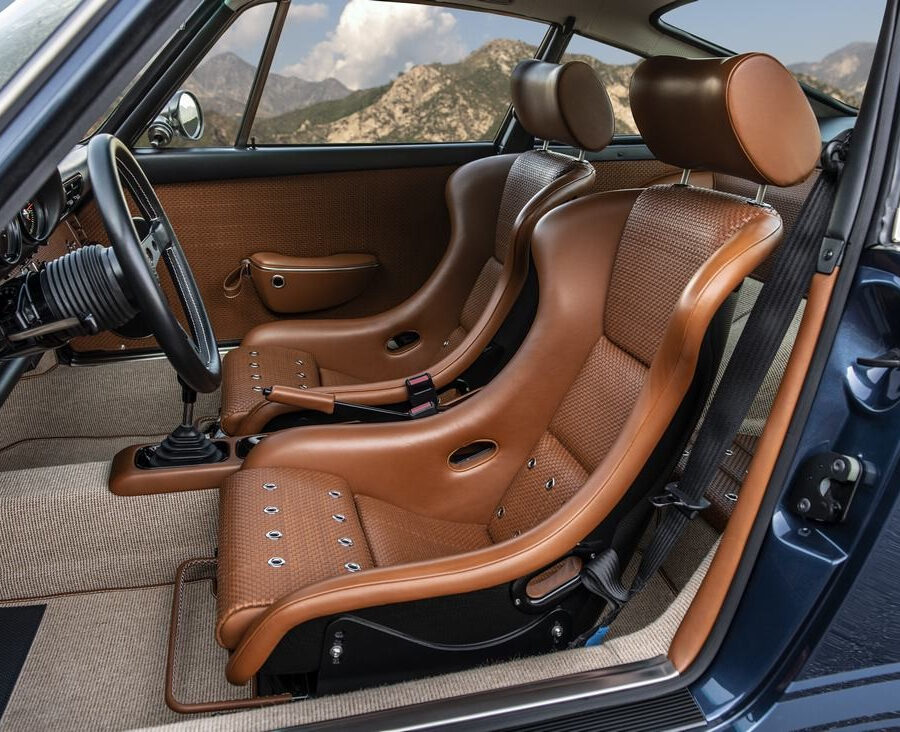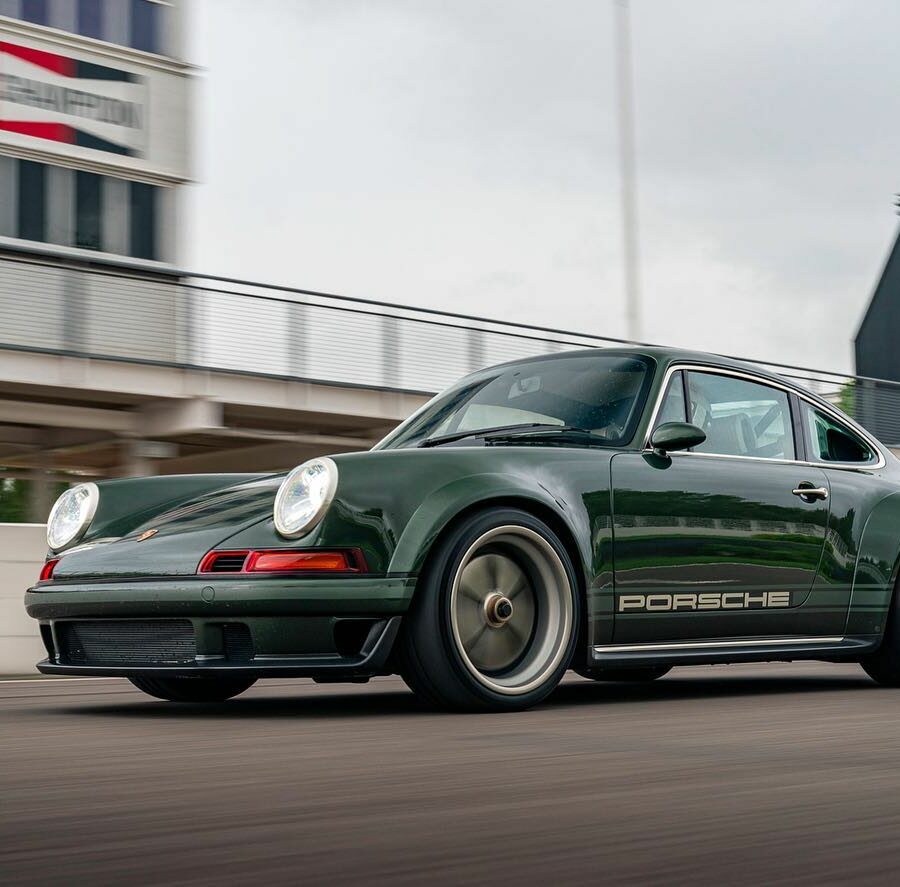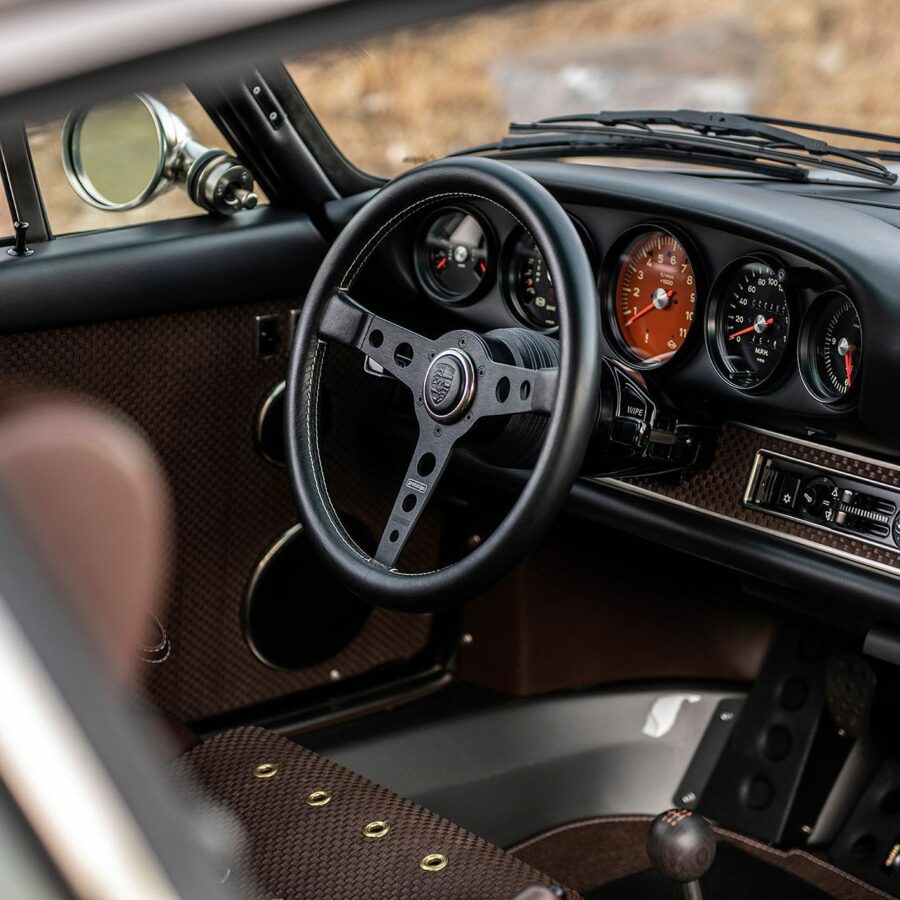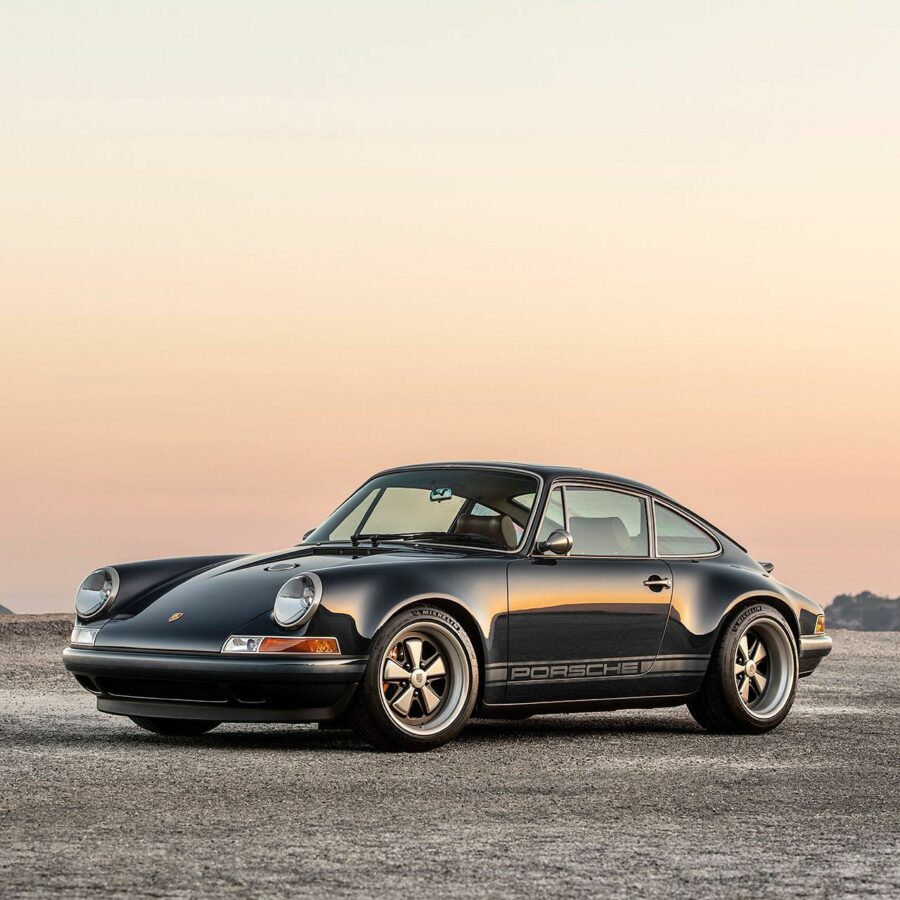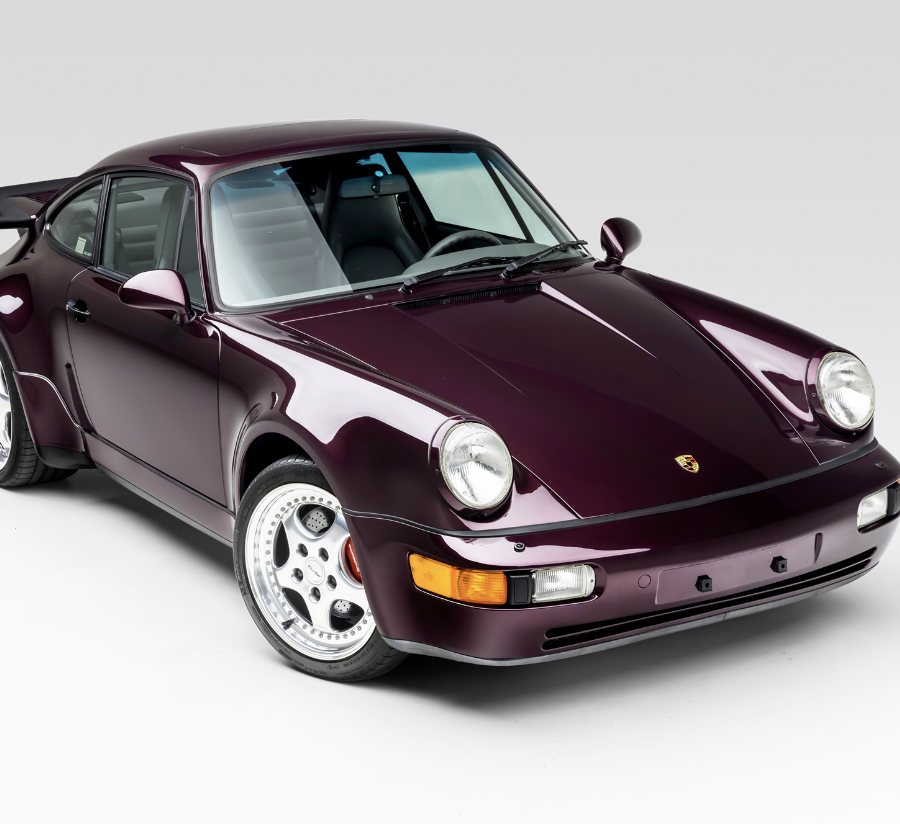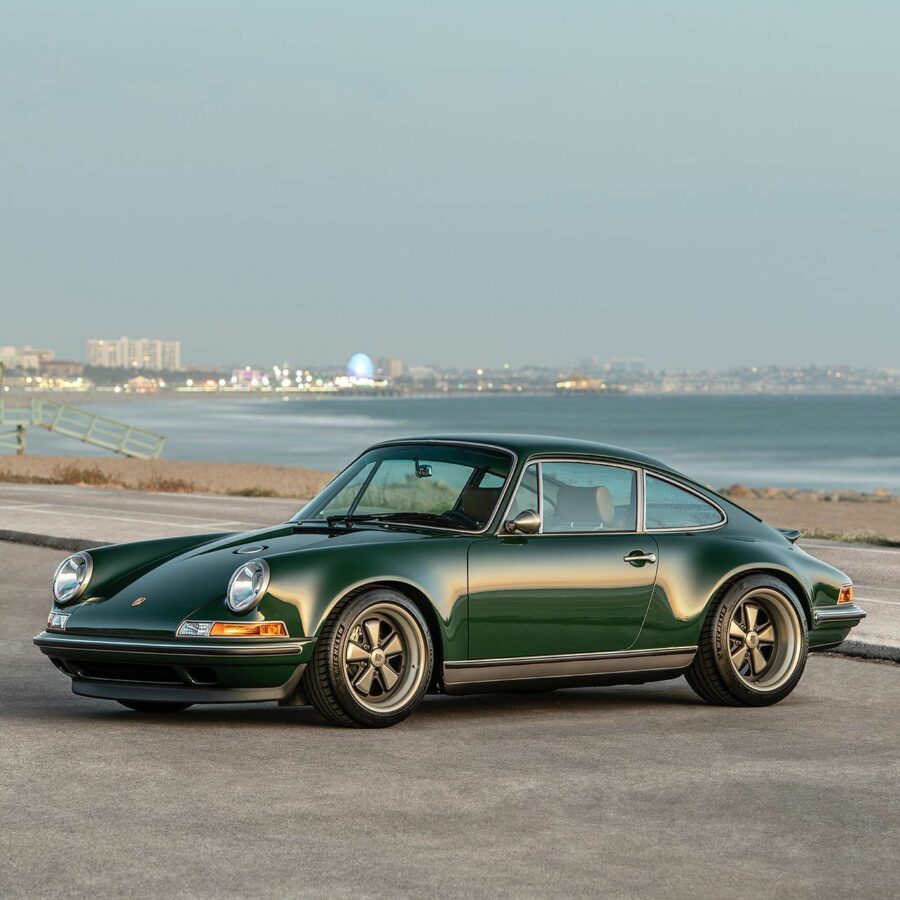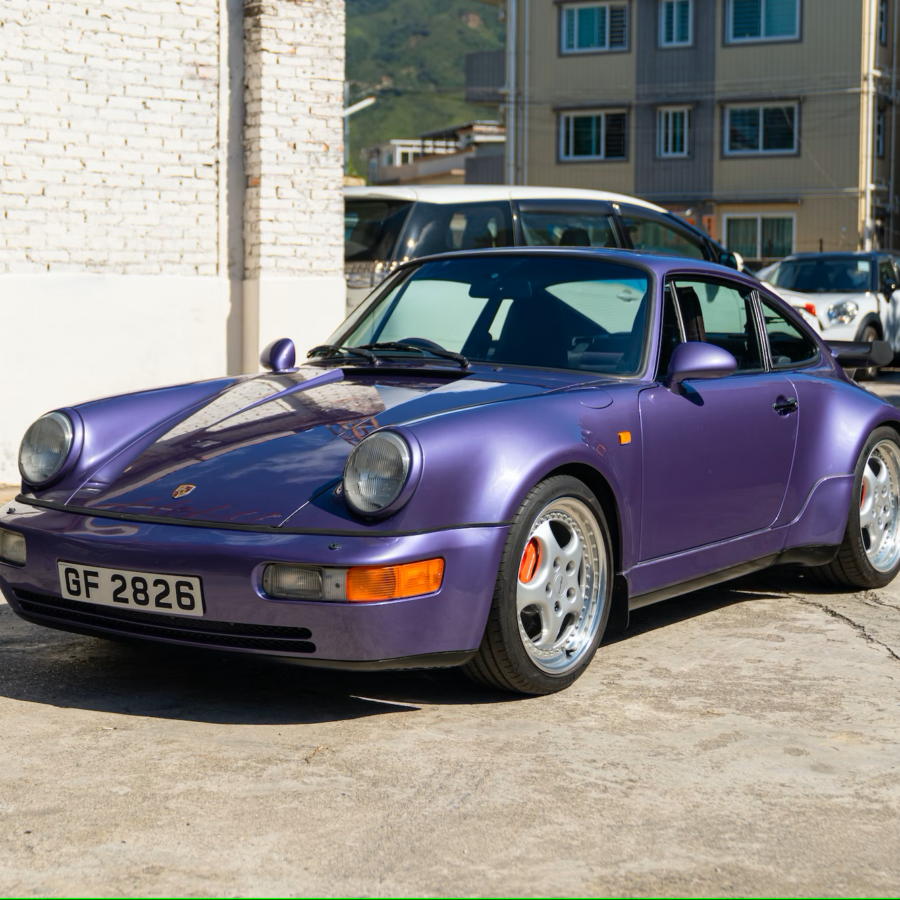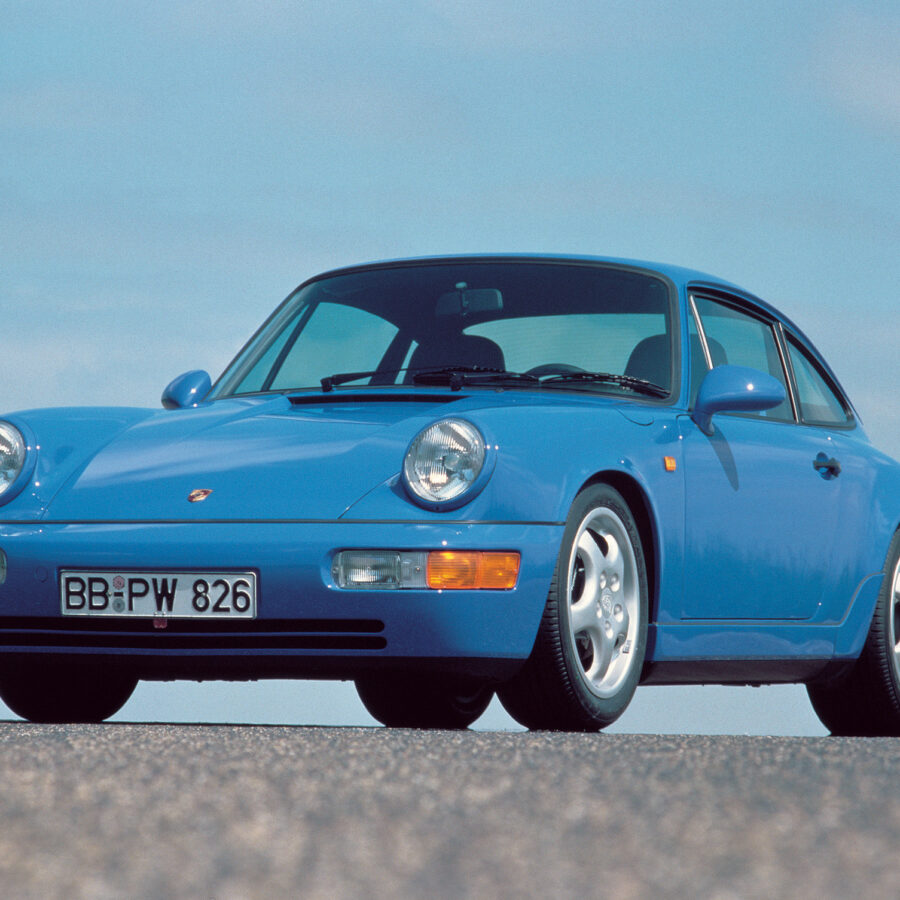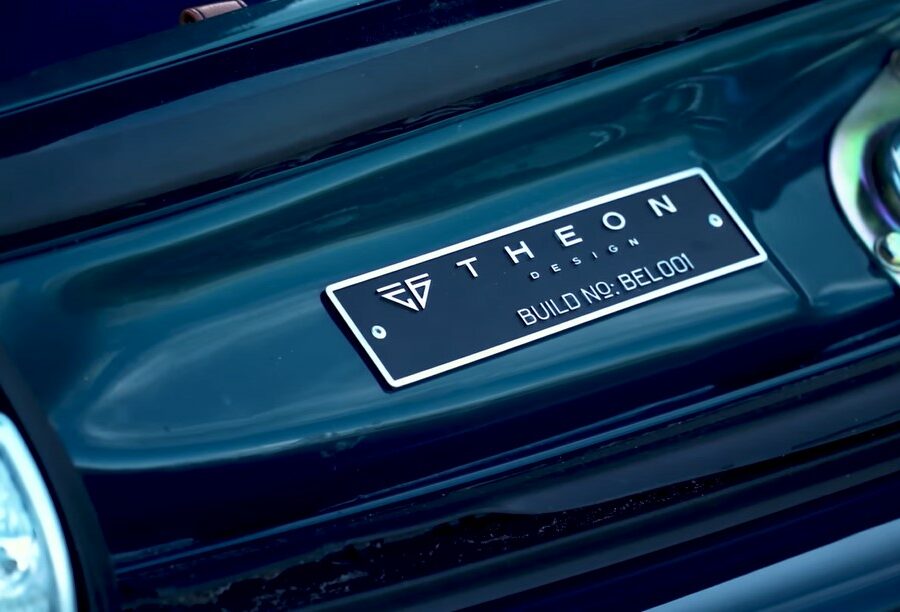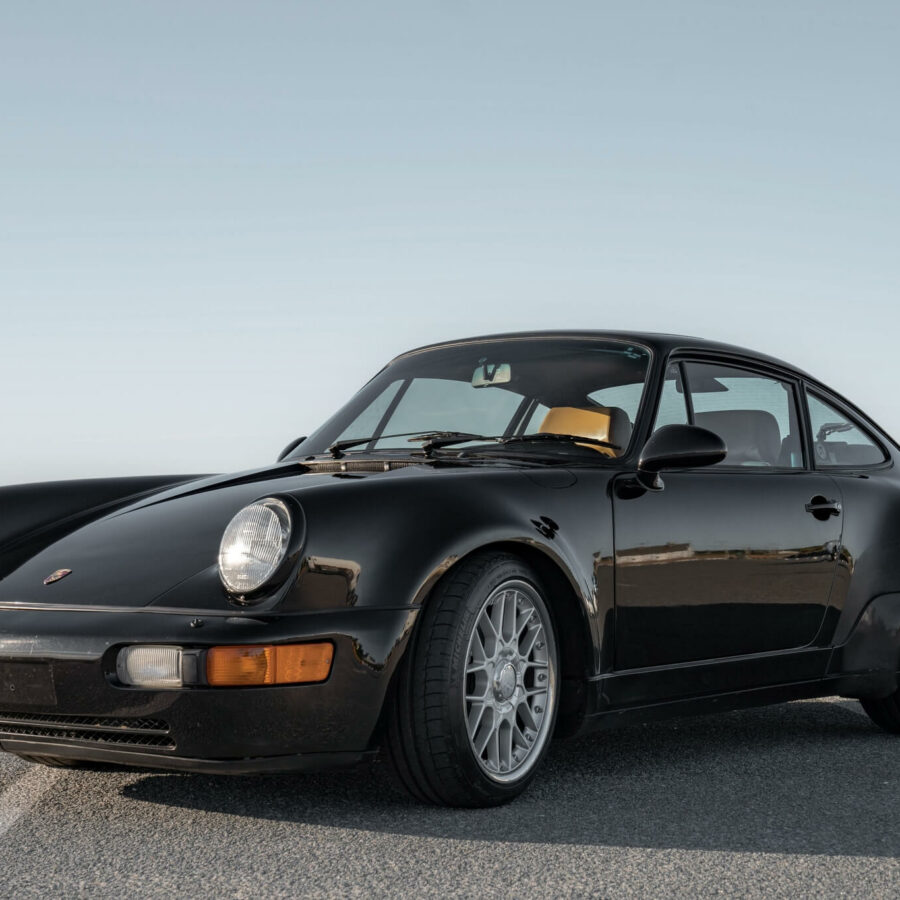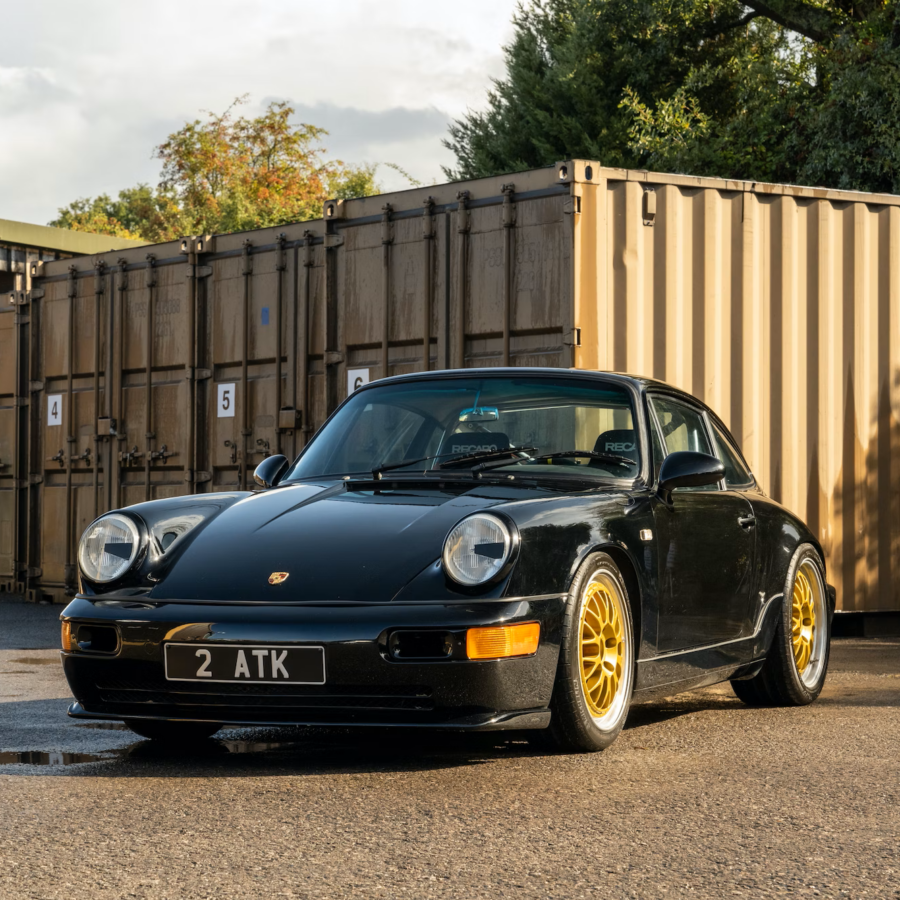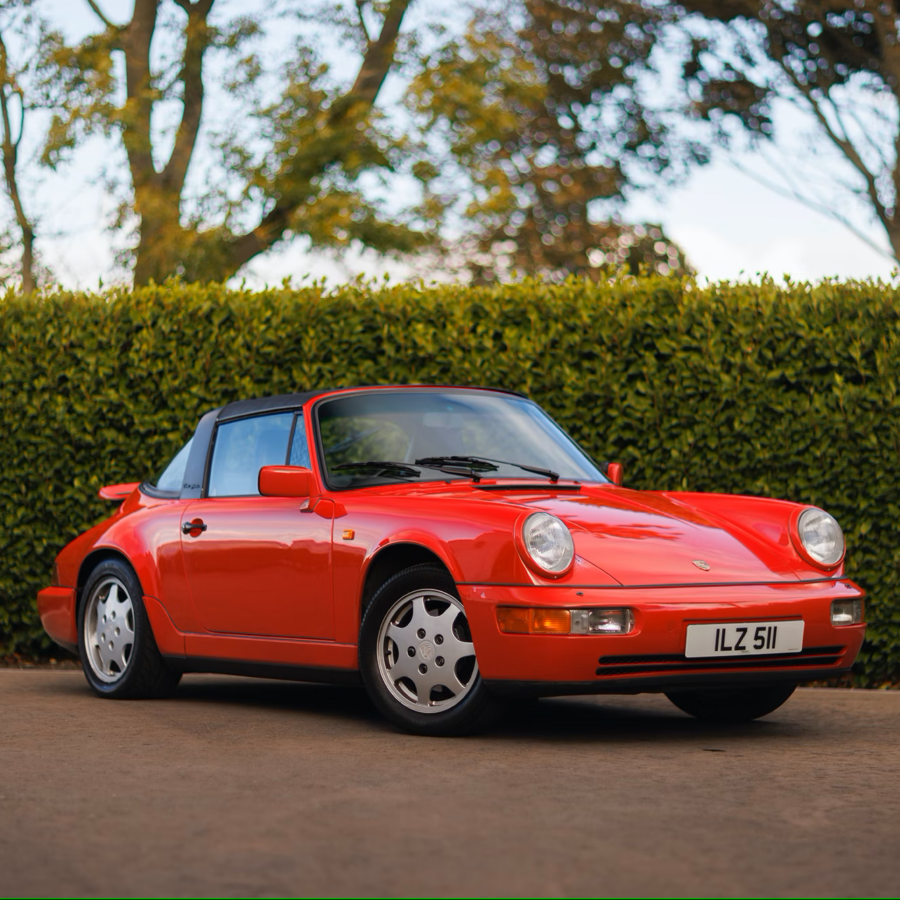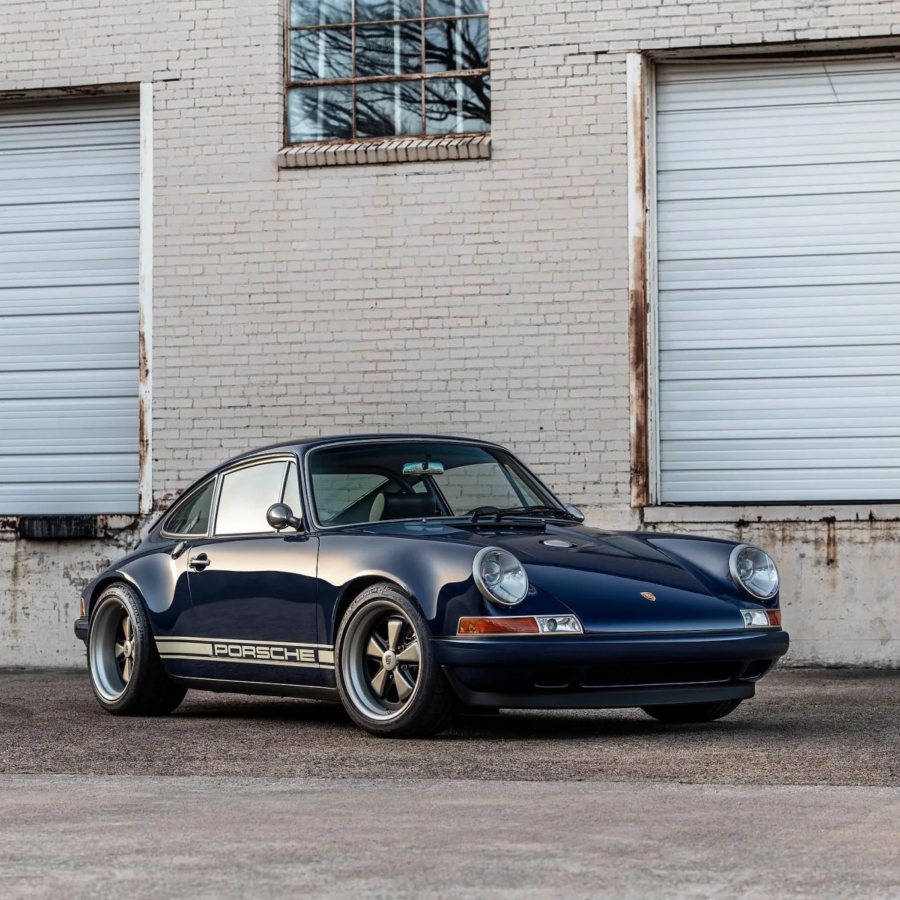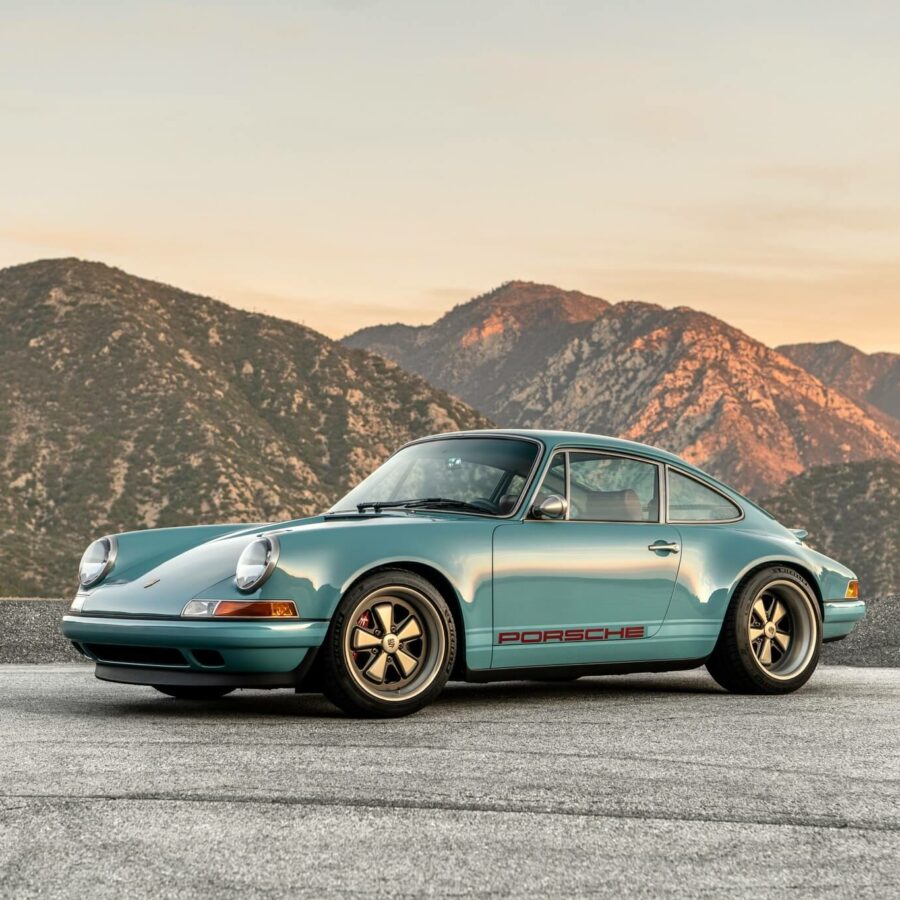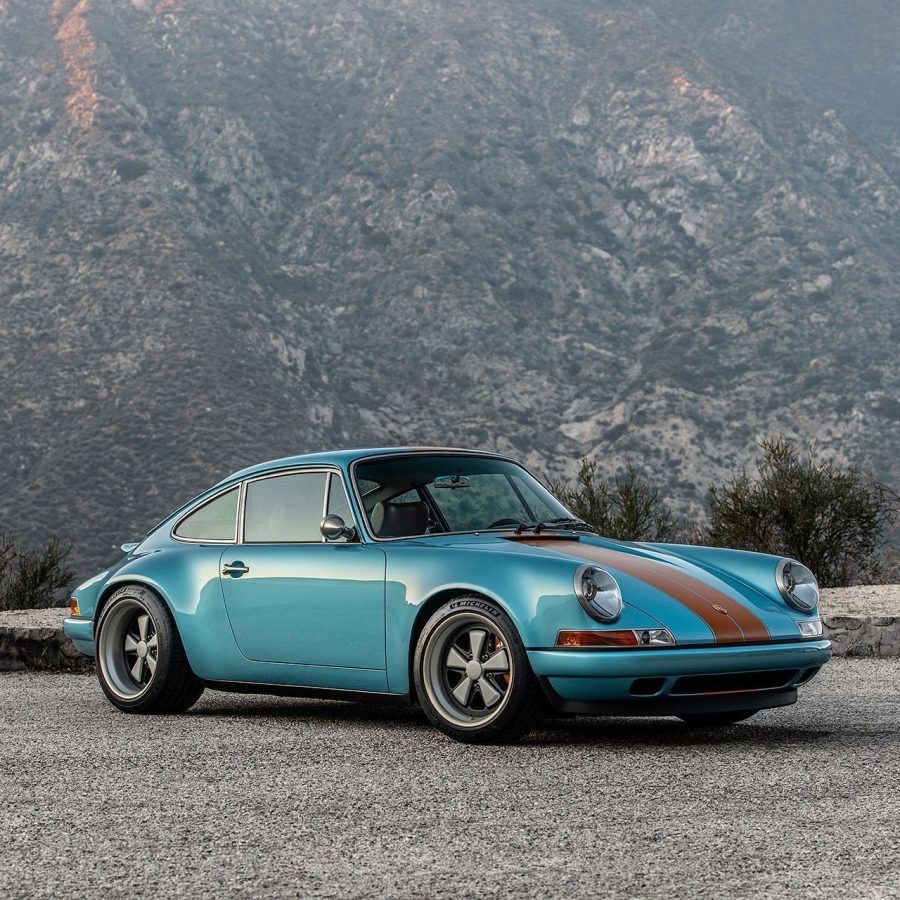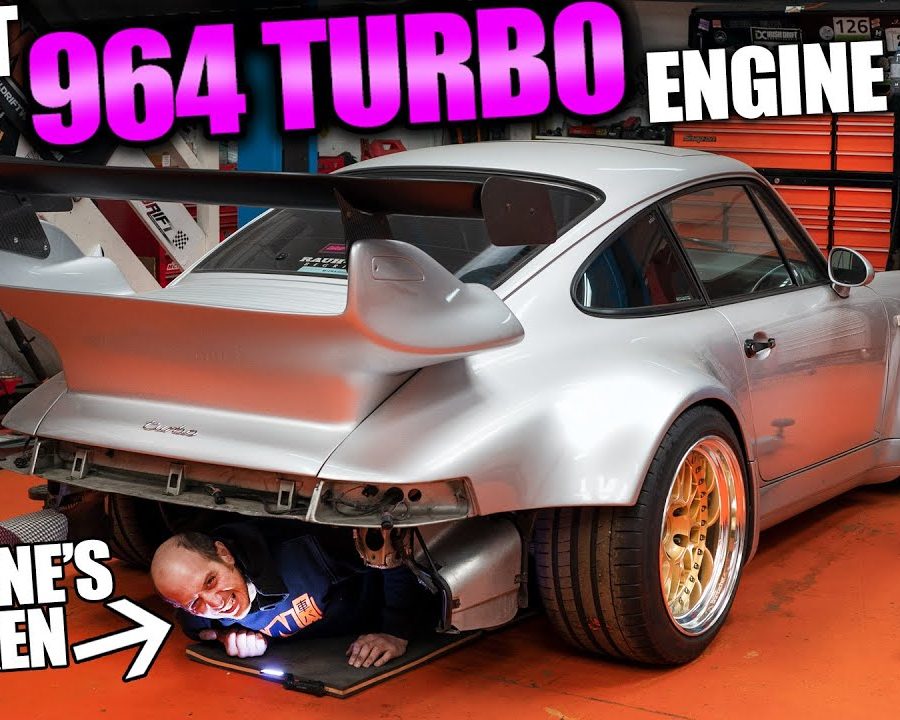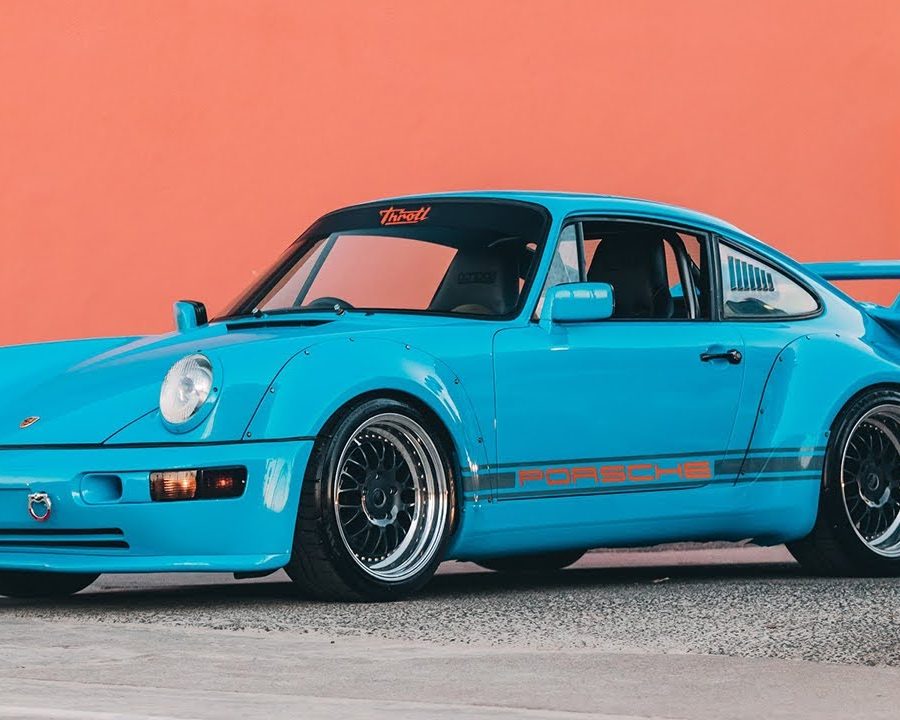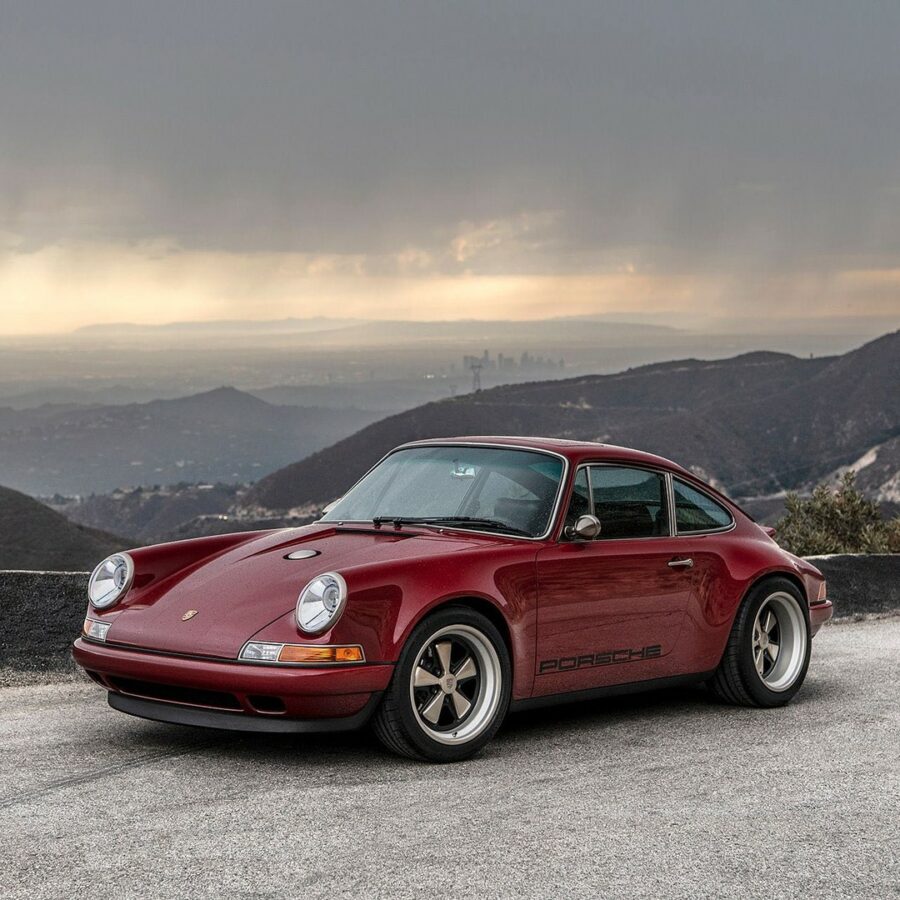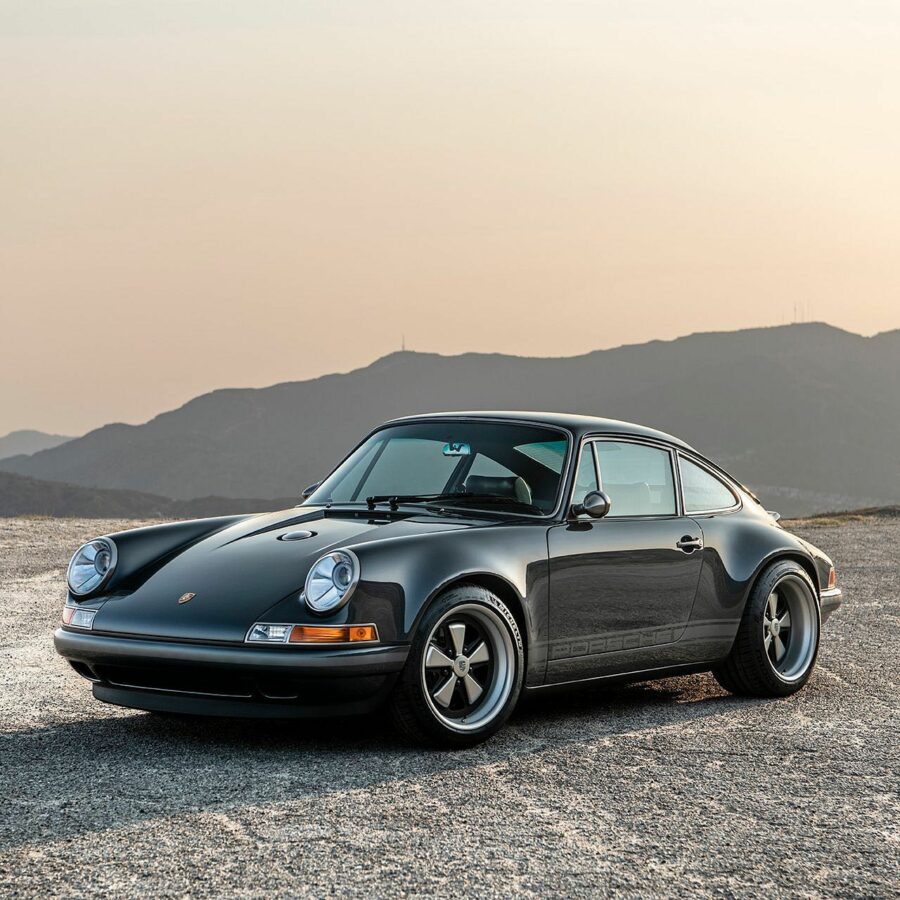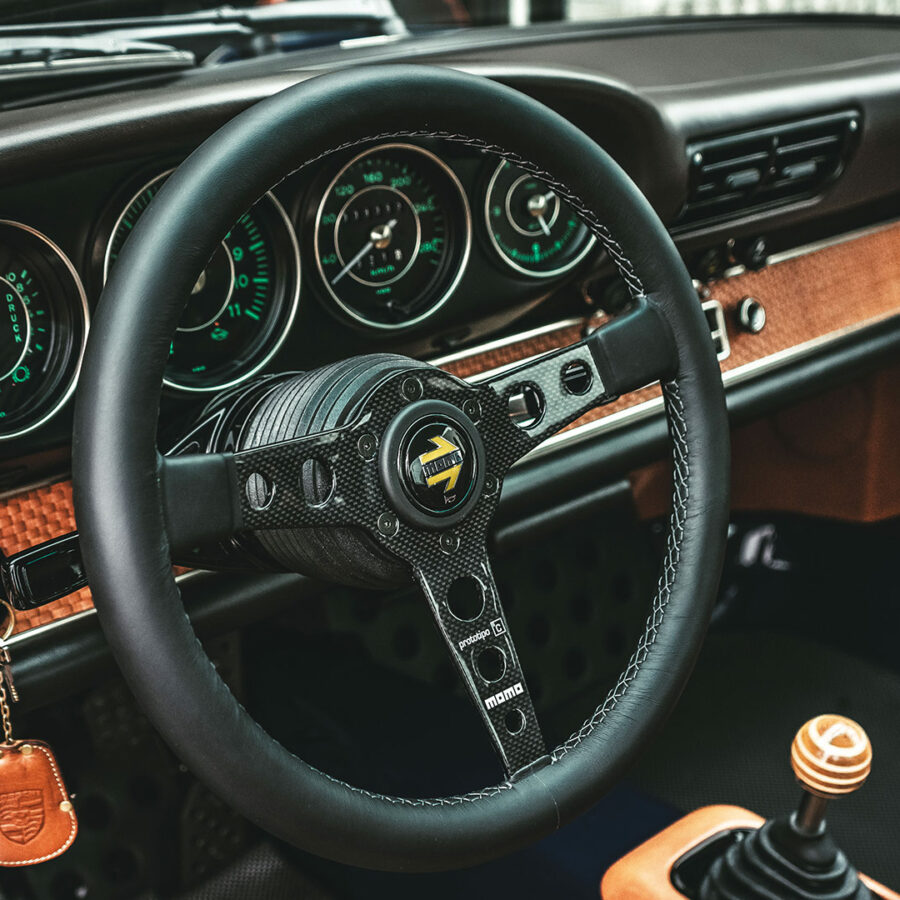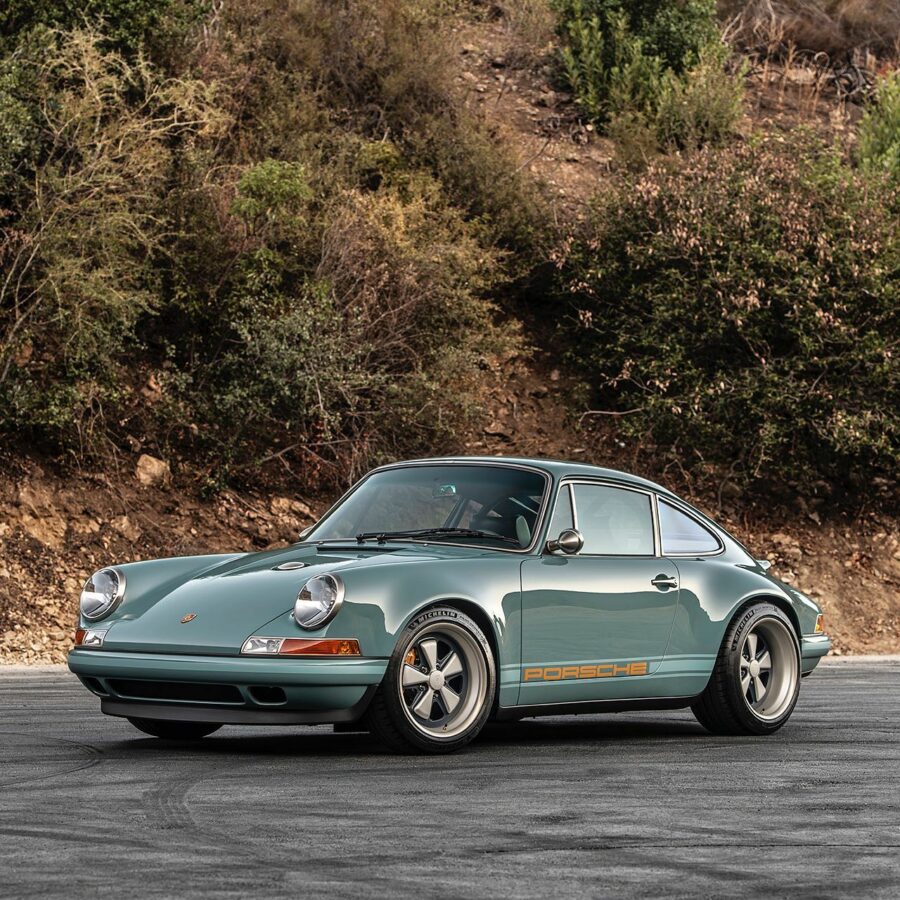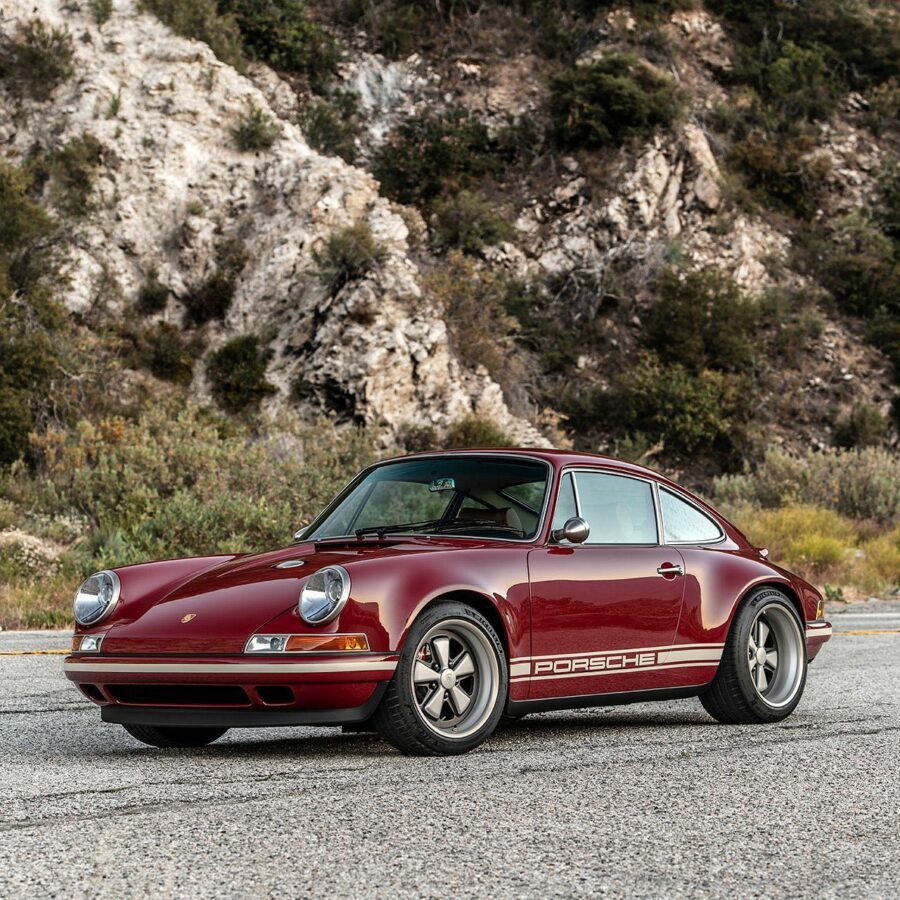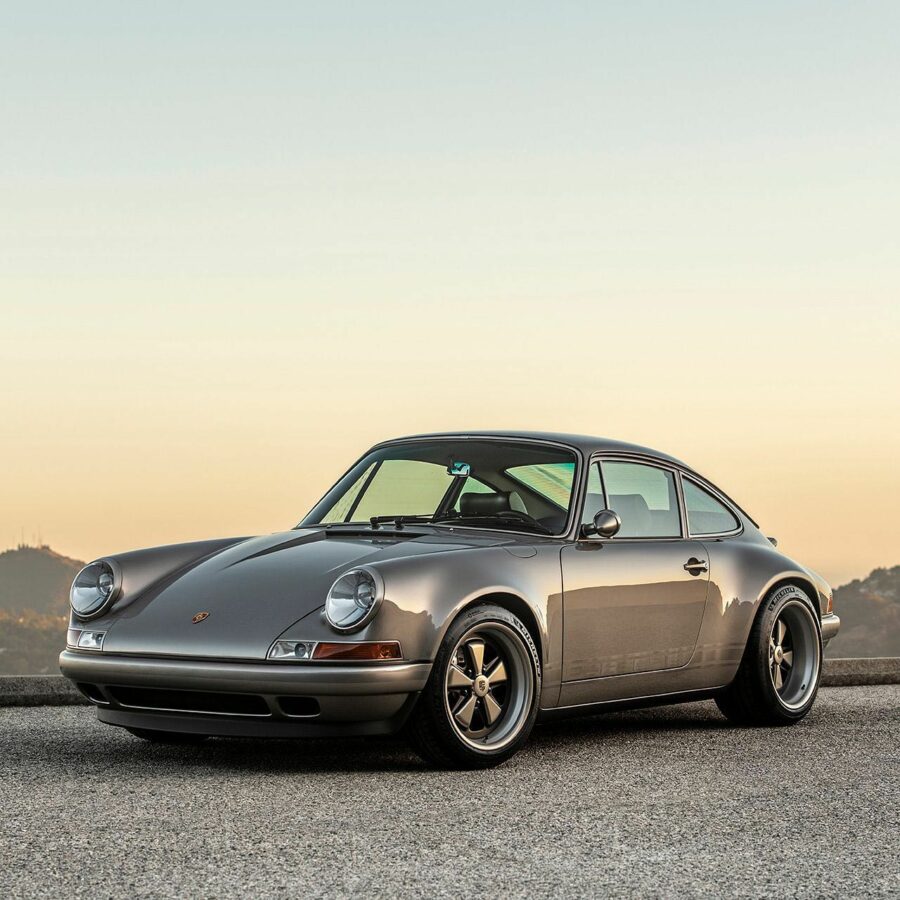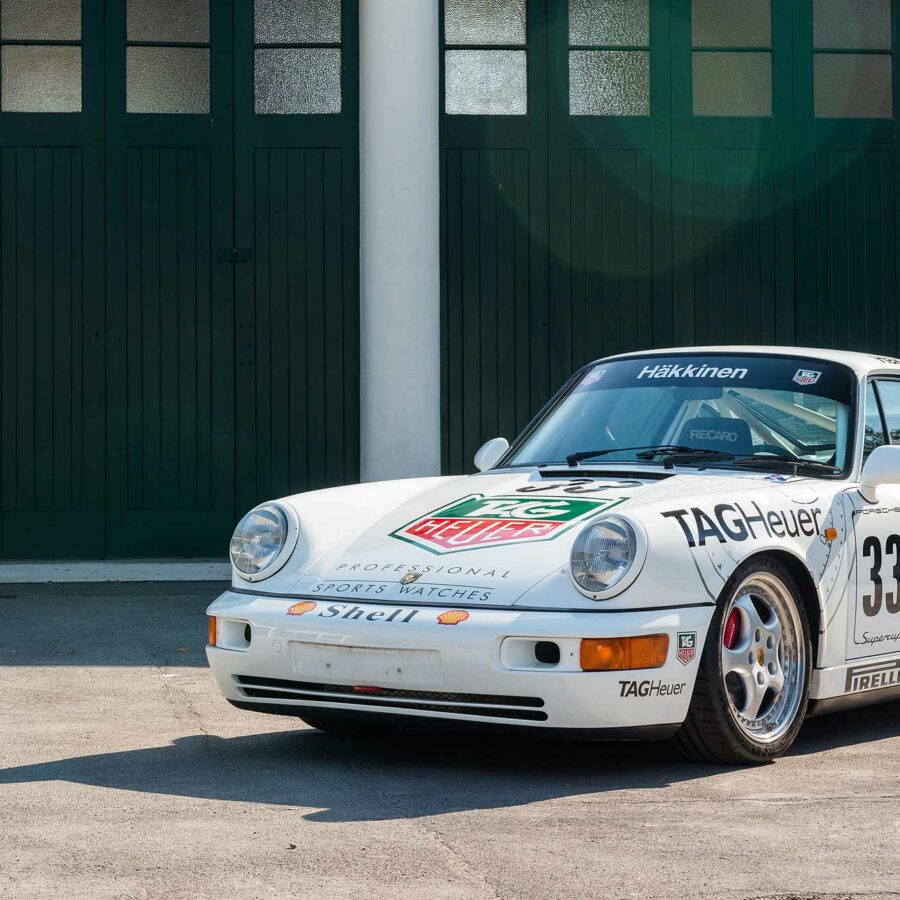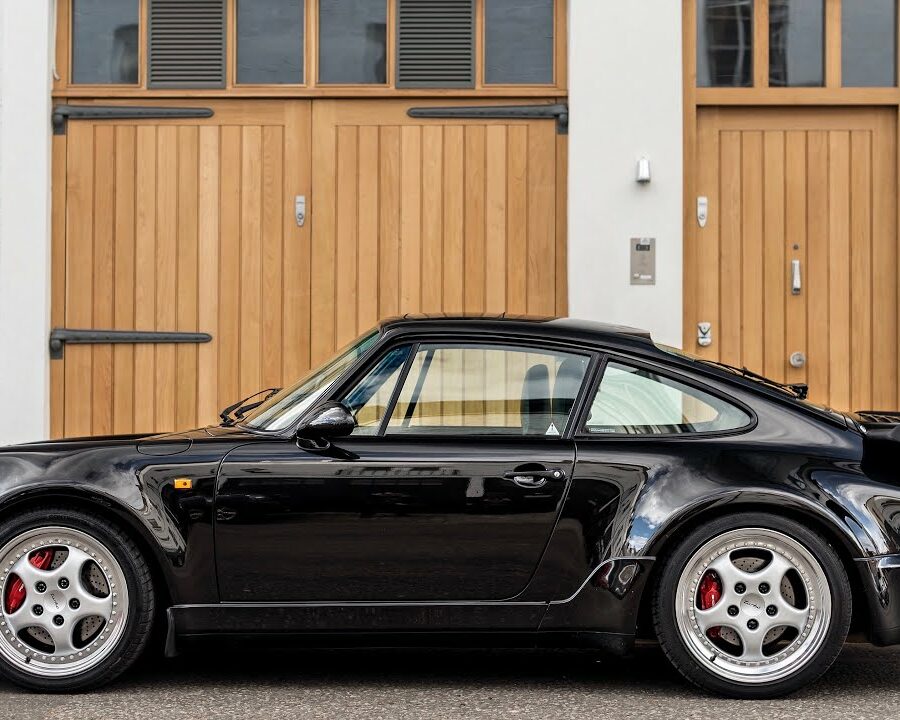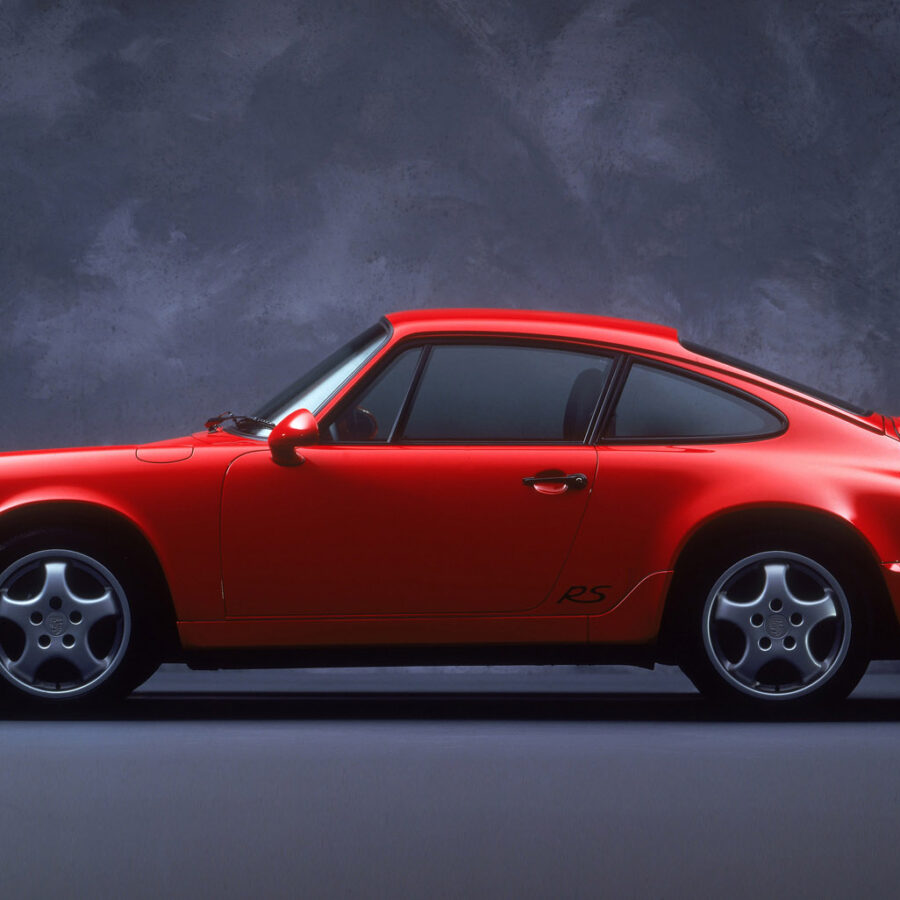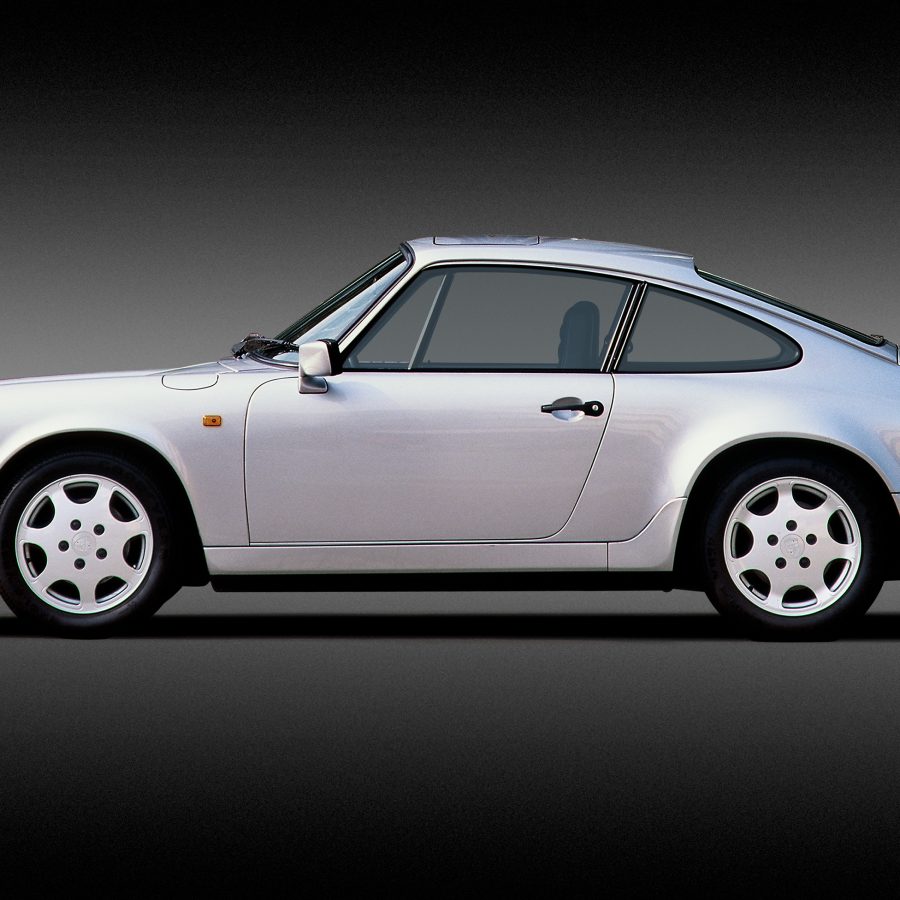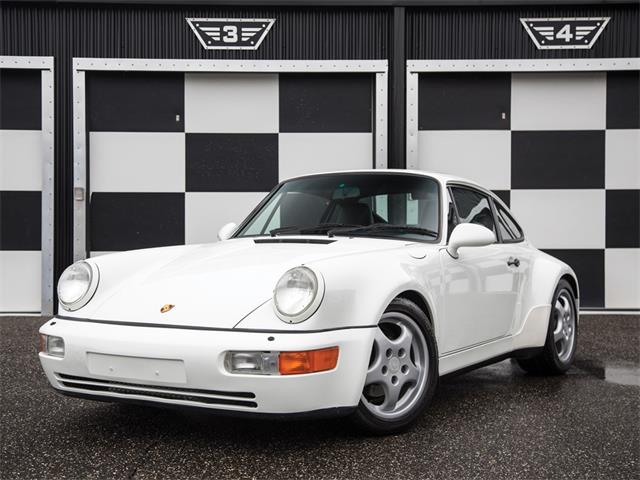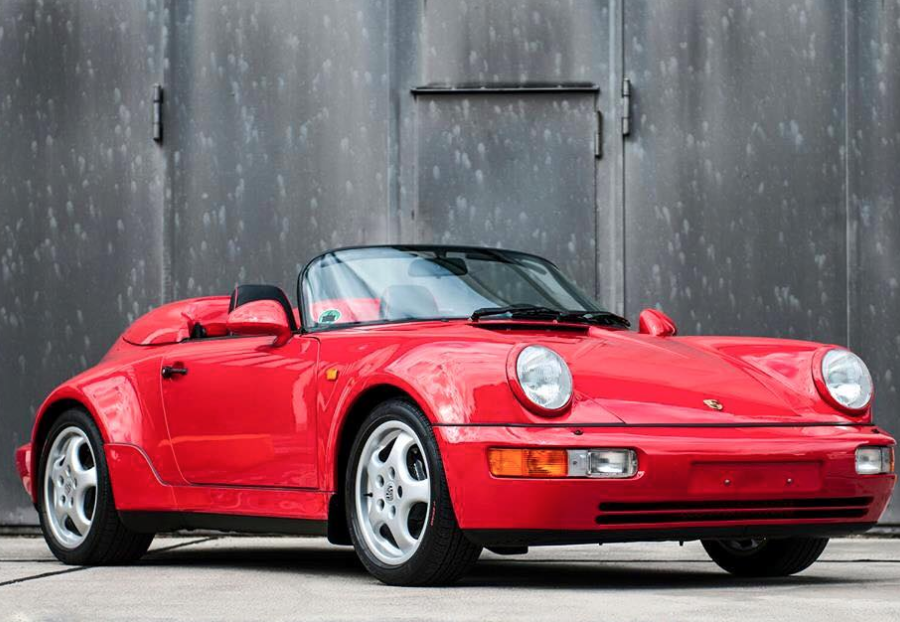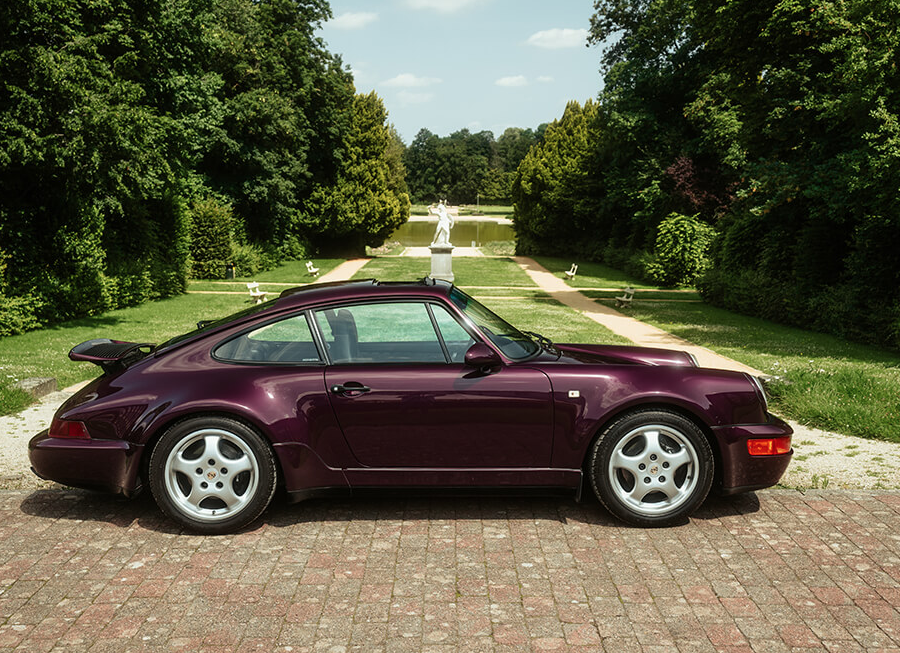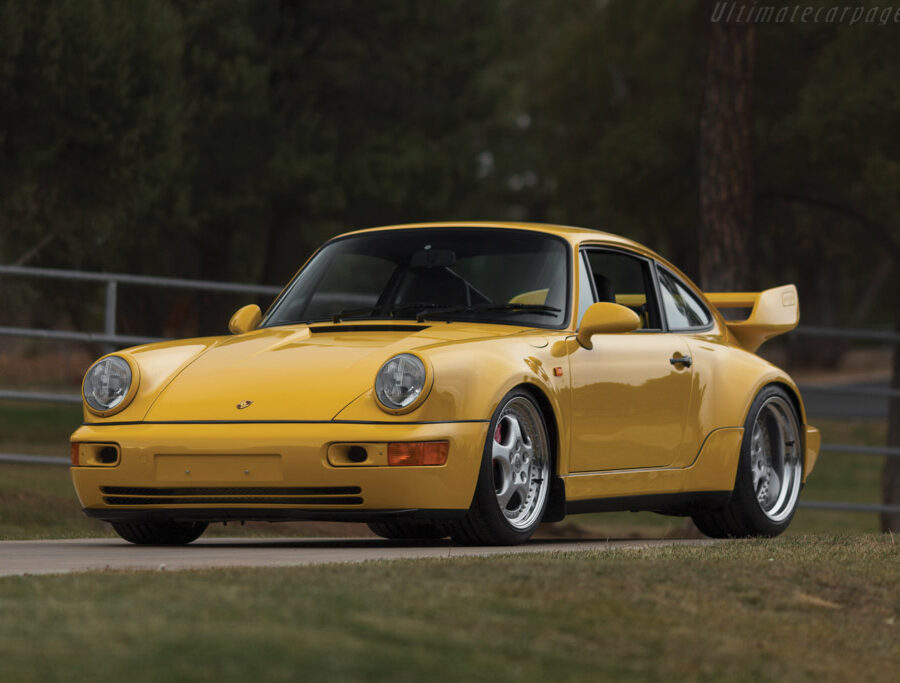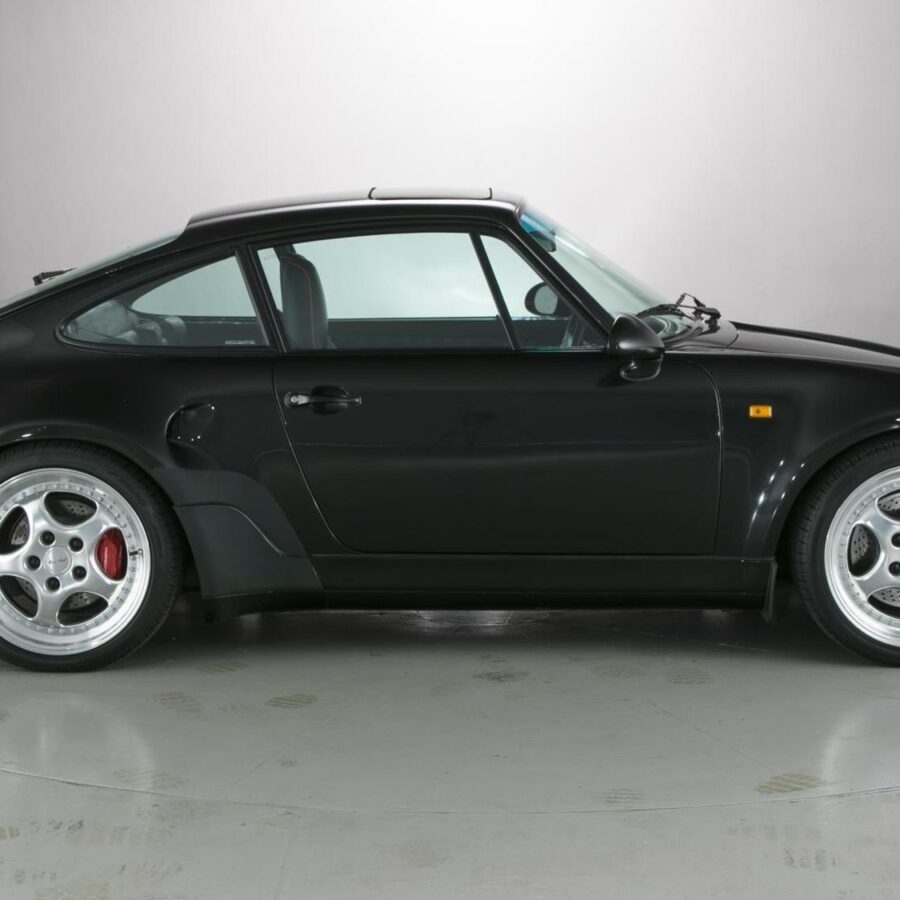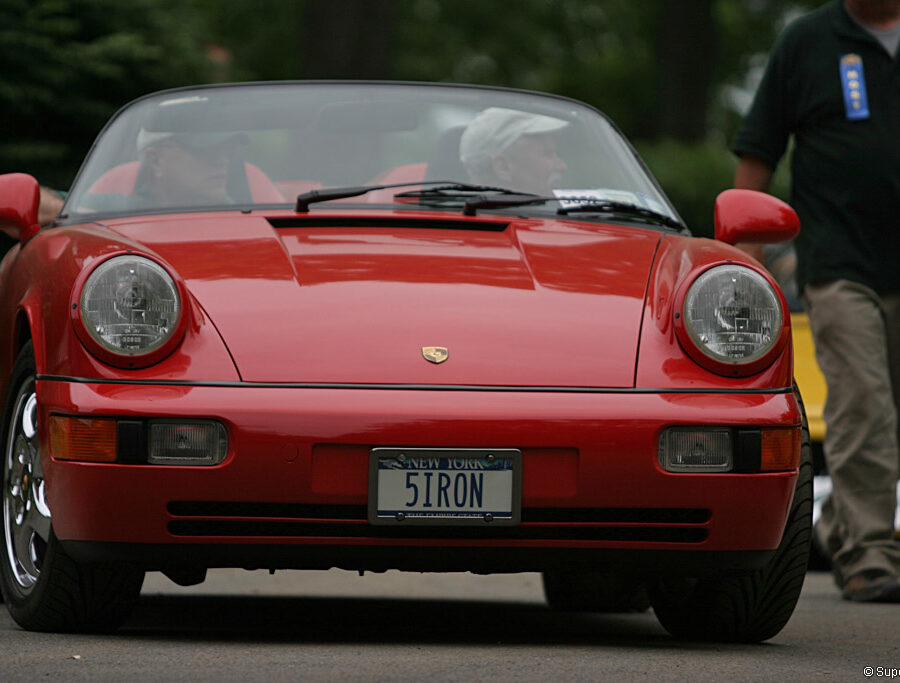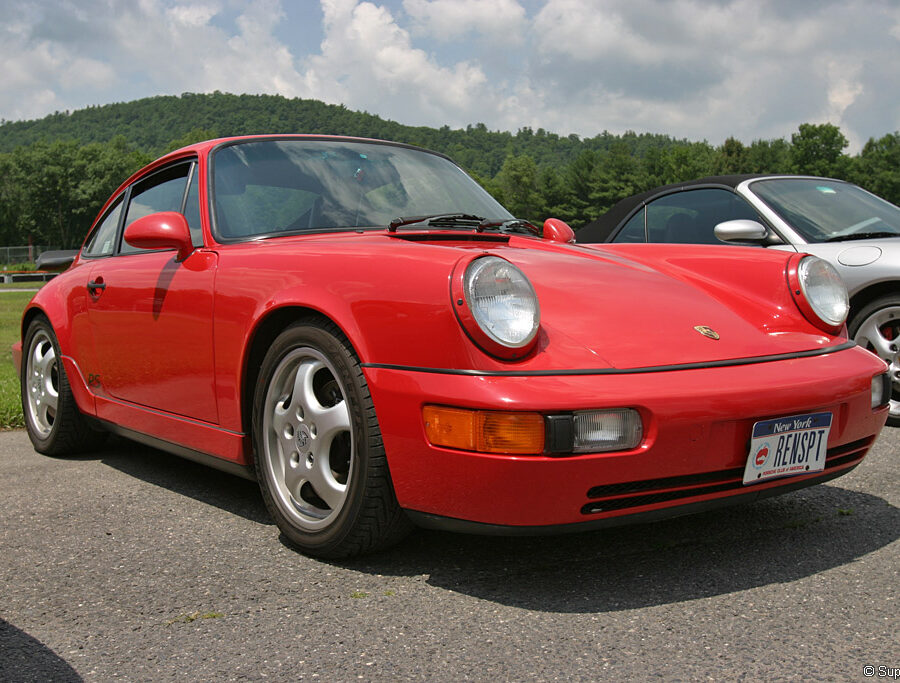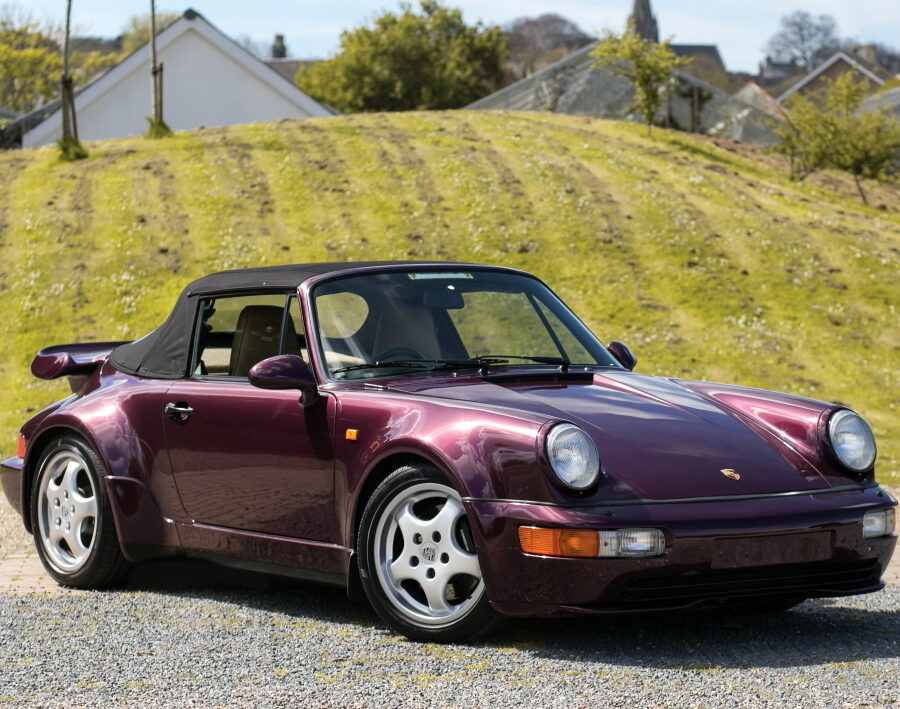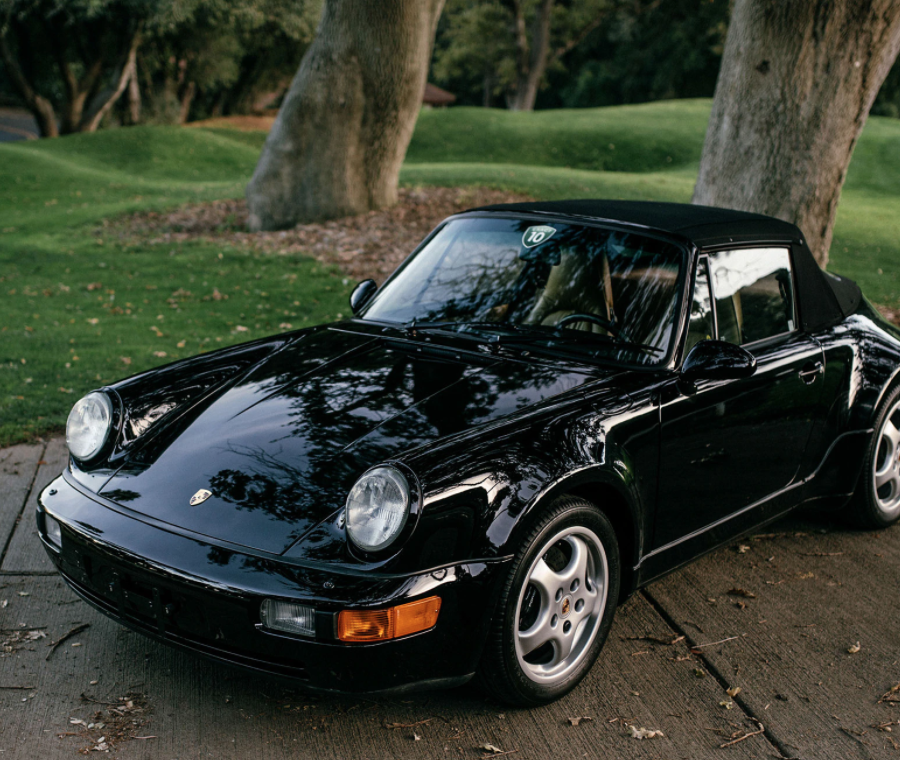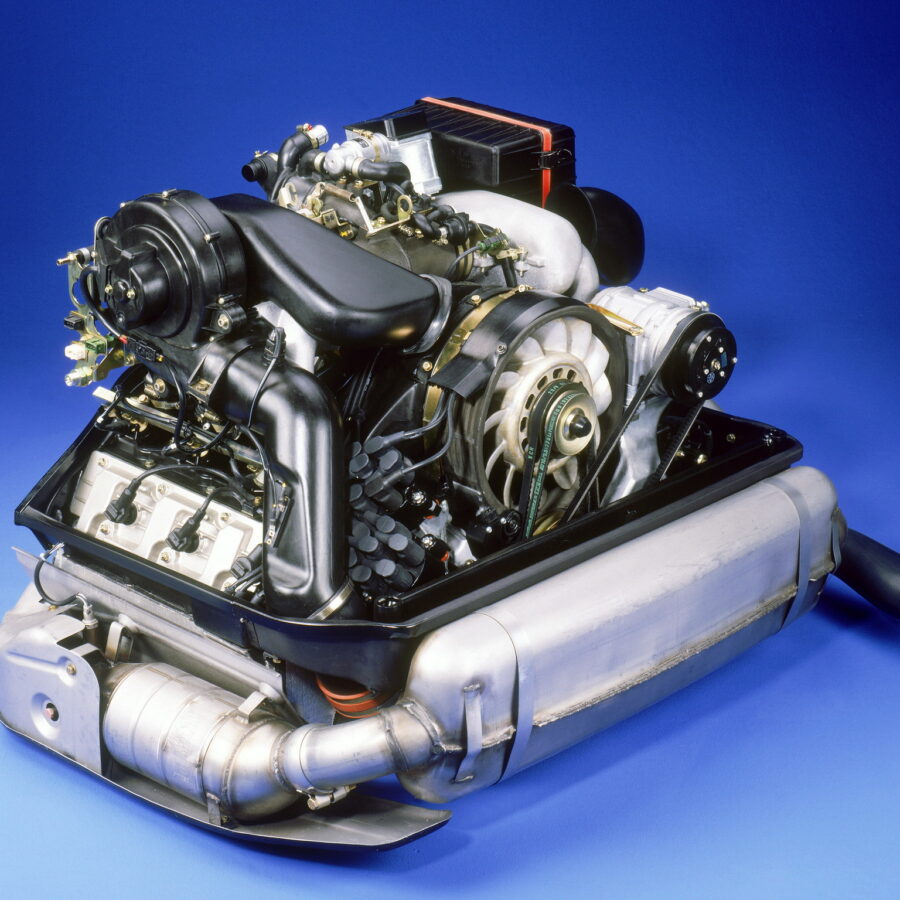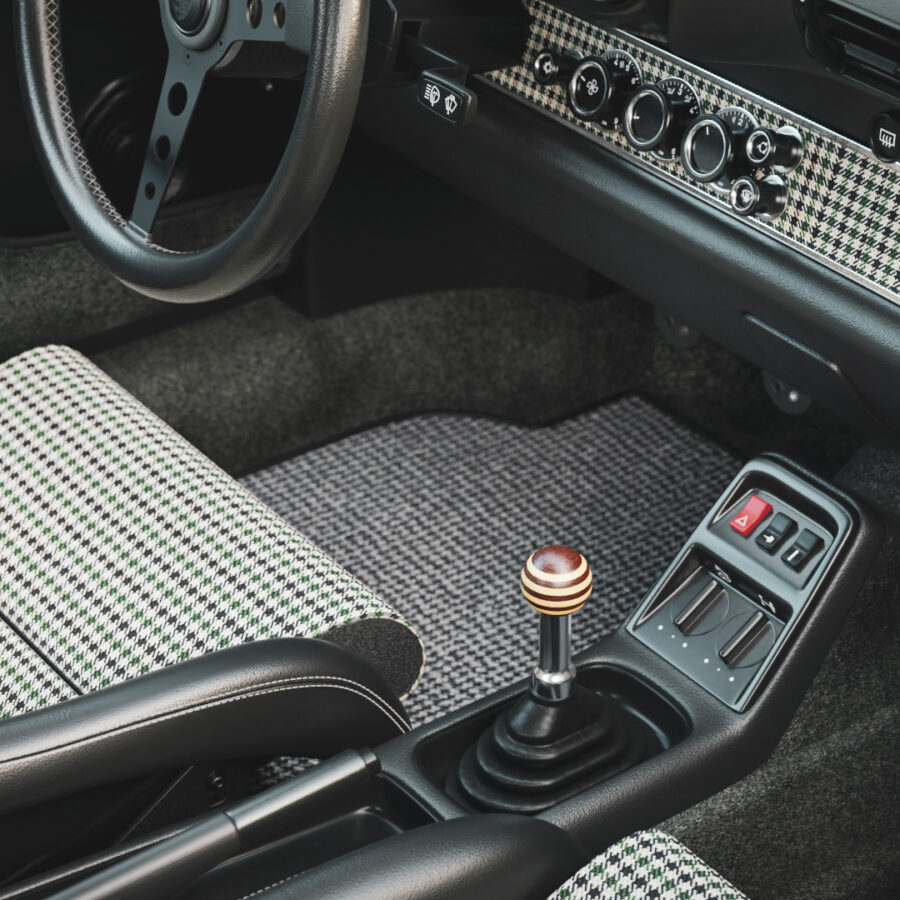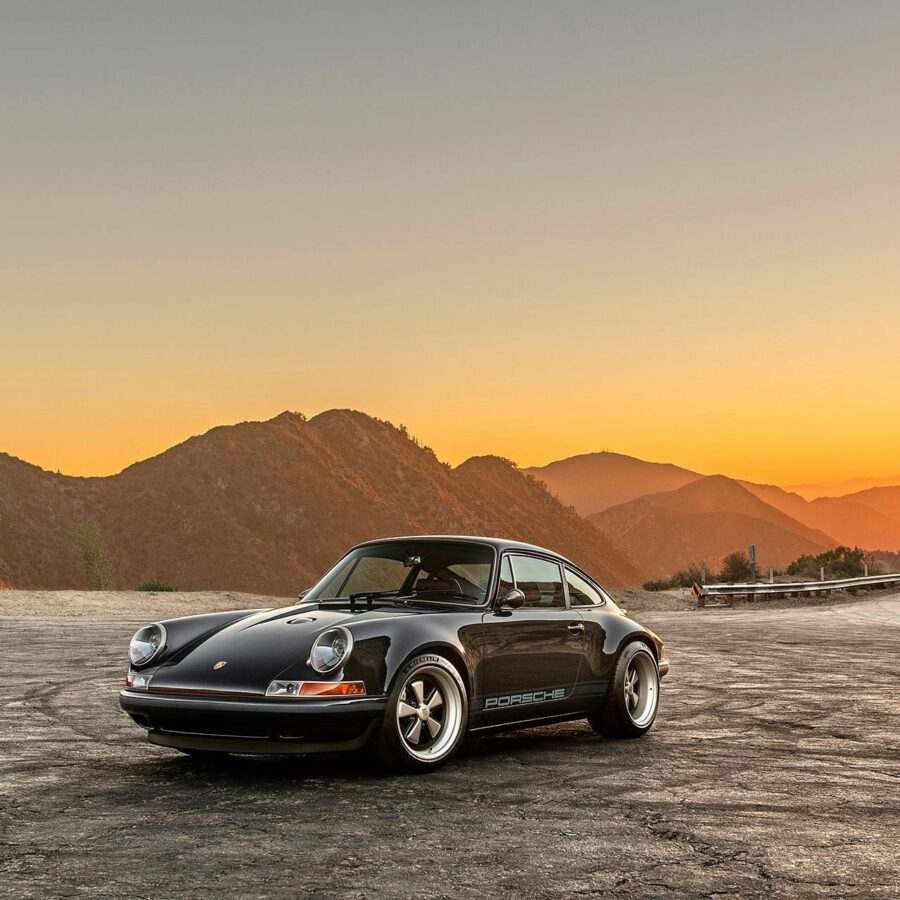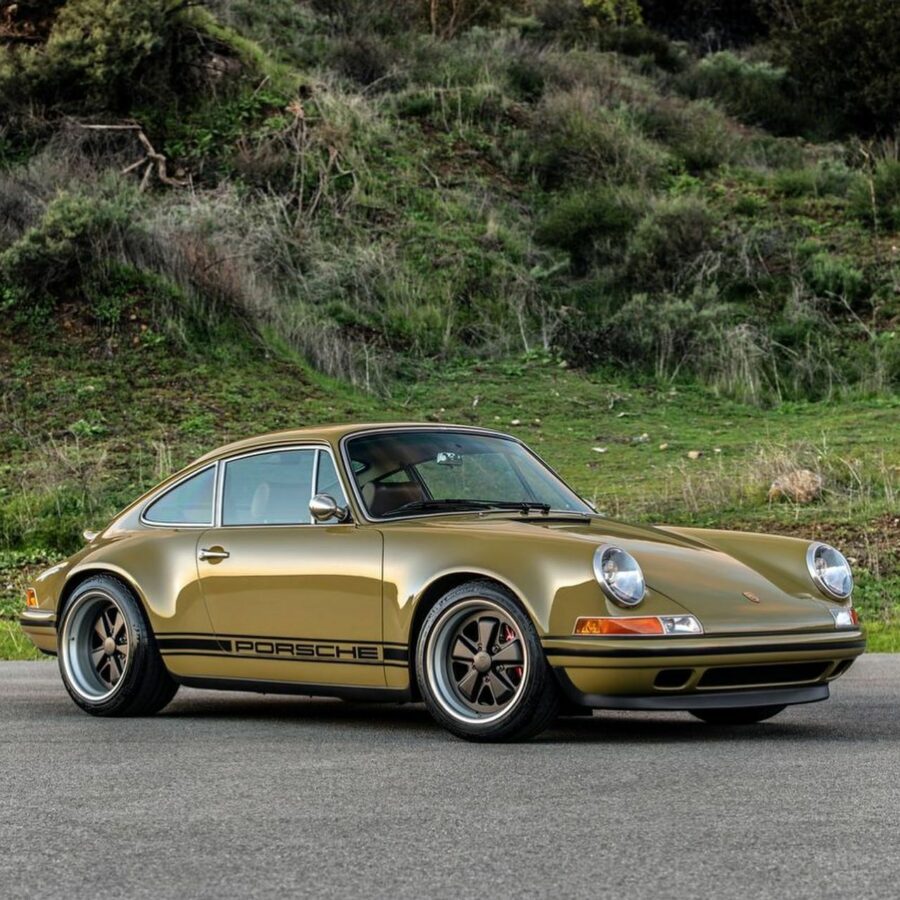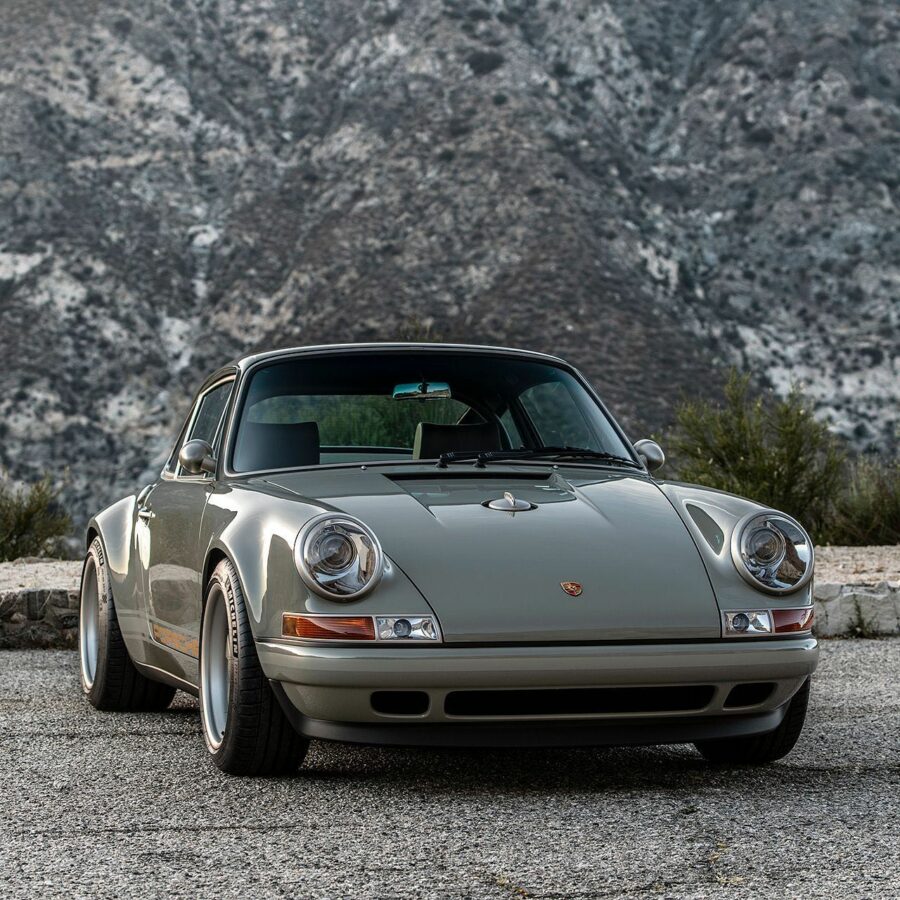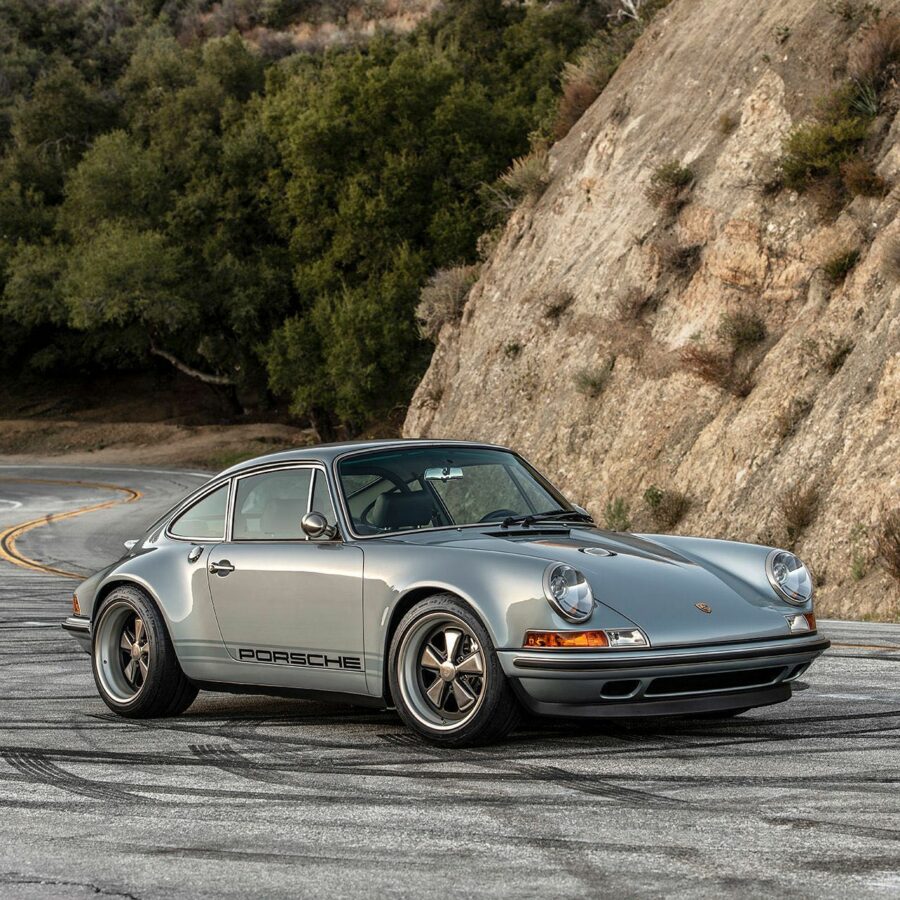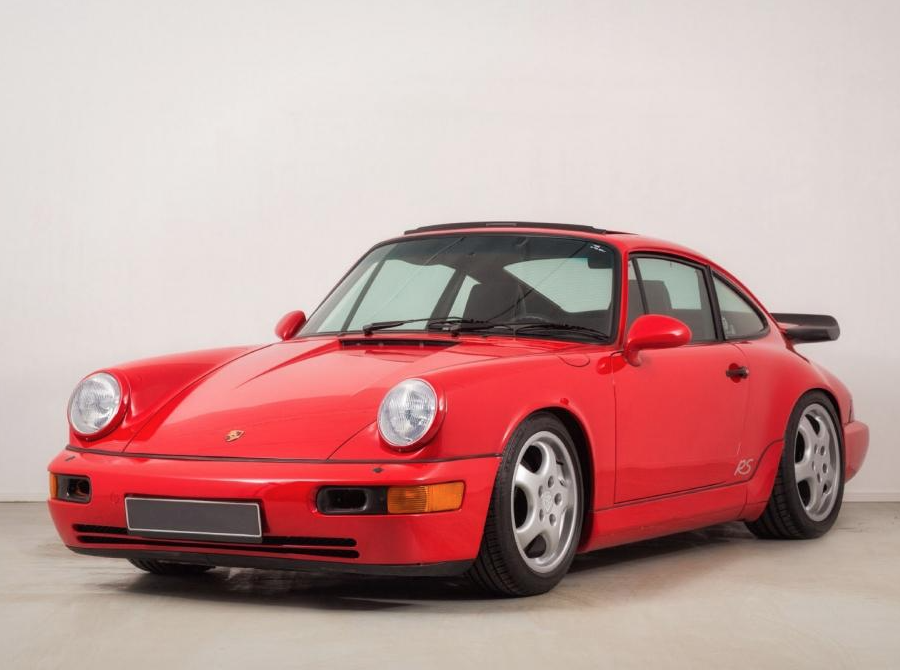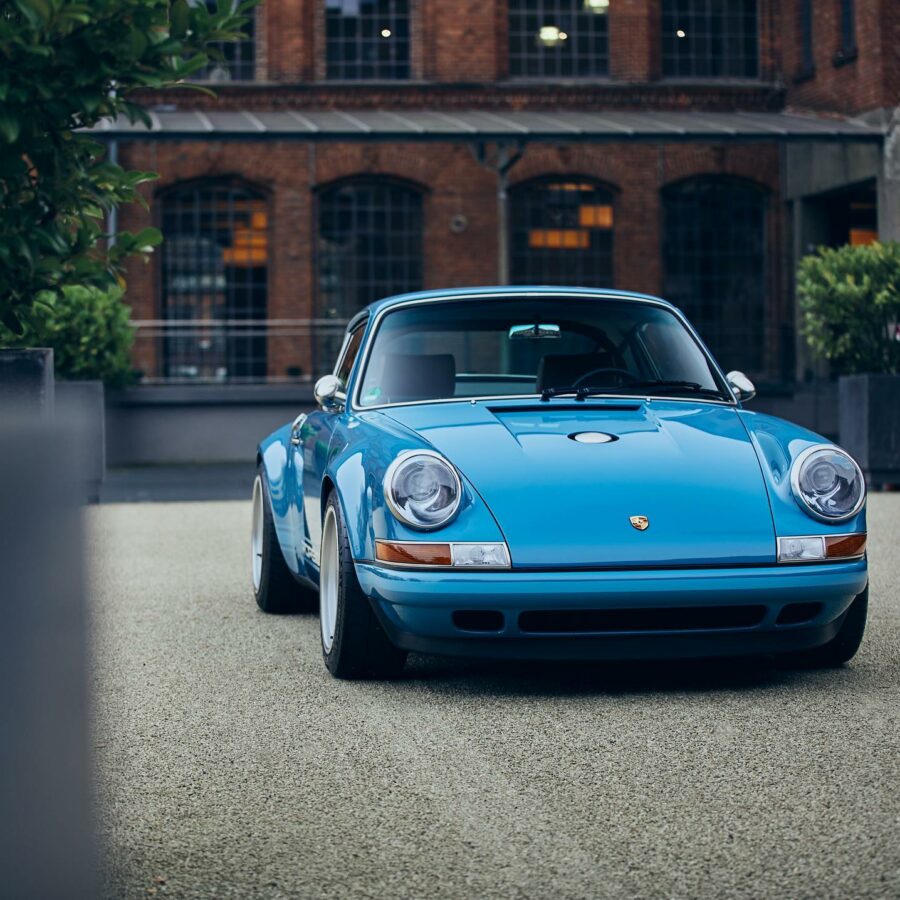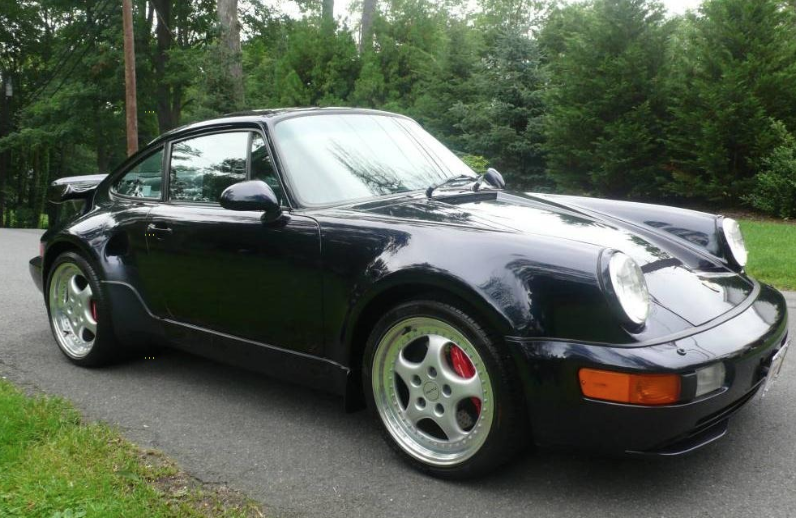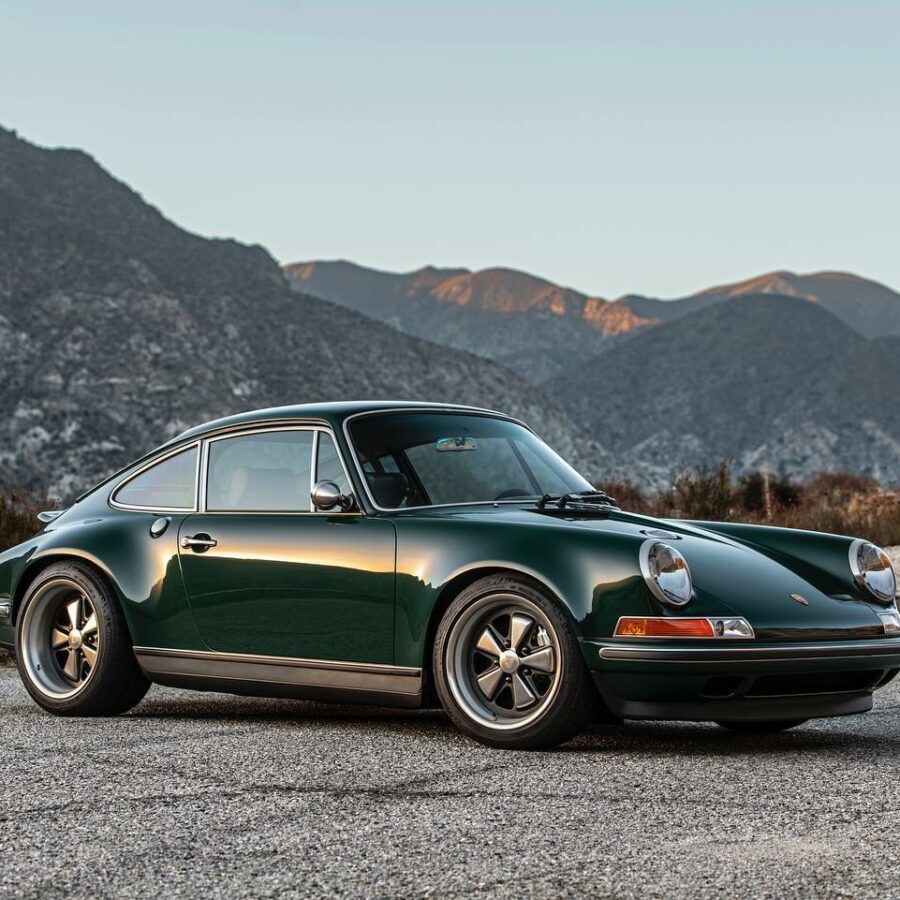Singer Porsche Engine Porn. 100+ Persuasive Powerplants We Are Salivating Over
Singer Engine Pictures
104Check Out This 964 Classic RSR Built by DP Motorsport
DP Motorsport Turns A 1989 911 Carrera 2 Into A Dream Restomod
100+ Dazzlingly Detailed Singer Porsche Manual Gearbox Pictures
Shifting Gears in a Singer Doesn't Suck At All
59Evomax Creates Some of the Most Extreme Porsche 964 Restomods Around
"We wanted to produce a vehicle that would bring the elegance of the past in combination with modern racing technology to the road."
Big Sur Commission by Singer Vehicle Design
The Big Sur was revealed this week and features a 4.0-liter engine sending power to the rear wheels.
Porsche 911 964 (1989 – 1994) – Paint Colors (Exterior & Interior)
Color Options and Samples
Porsche 911 (964) – The Story
The Type 964 Represented One of the Most Significant Steps Forward for Porsche
Porsche 911 Carrera 4 (Turbo-Look) (964) (1994)
Model year 1994. Carrera 4 Wide-Body for the U.S
Porsche 911 Speedster (Turbo-Look) (964) (1993 – 1994)
15 Speedster got skunkworks love and got the widened Turbo body shell
Porsche 911 ’30 Jahre’ Anniversary (964) (1993 – 1994)
"30 jahre" anniversary 964 utilised a "Turbo" wide body melded to the four-wheel drive Carrera running gear.
Porsche 911 Carrera RS 3.8 (964)(1993)
Lightweight Turbo body, large rear wing and 18-inch Speedline wheels. Power came from a new 3.8-litre unit. A legend.
Porsche 911 Turbo 3.6 S “Flatnose” (964) (1994)
Final hurrah for 964 Turbo. Special Turbo 3.6 S was made available in flachbau 'slant nose' option.
Porsche 911 Speedster (964) (1993 – 1994)
964 body with the hood and windscreen of the Carrera 3.2 Speedster
Porsche 911 RS America (964) (1993 – 1994)
Lightened, limited edition, performance version for the U.S market.
Porsche 911 Turbo Cabriolet (964) (1993)
Built by Porsche Exclusive in 1993, only a handful of these custom cars were built for discerning buyers.
Porsche 911 Turbo S2 (964) (1992)
This is a road-legal variant of a race car version of a production road car, and an often forgotten part of the 964's history.
Porsche 911 America Roadster (964) (1992 – 1993)
US version of the Turbo-look C2 Cabriolet
Porsche 911 964 (MY1989 – 1994) – Sales Brochures
Sales Catalogs for the Type 964 Porsche 911
Porsche 911 964 (MY1989 – 1994) – Part Catalog
Spare Parts Catalog (Porsche PET) for the Type 964 Porsche 911
Porsche 911 Turbo 3.6 S (964) (1994)
'36S' package included body kit and mighty X88 'S' motor. 19 non 'slant nose' or Package cars were made for USA.


